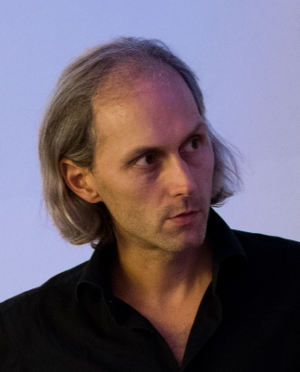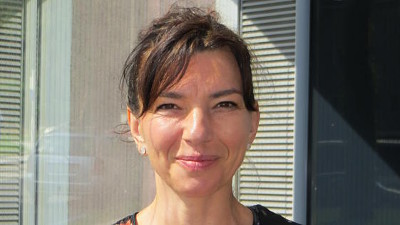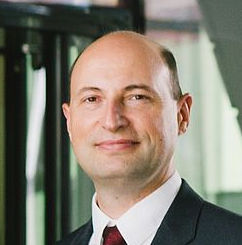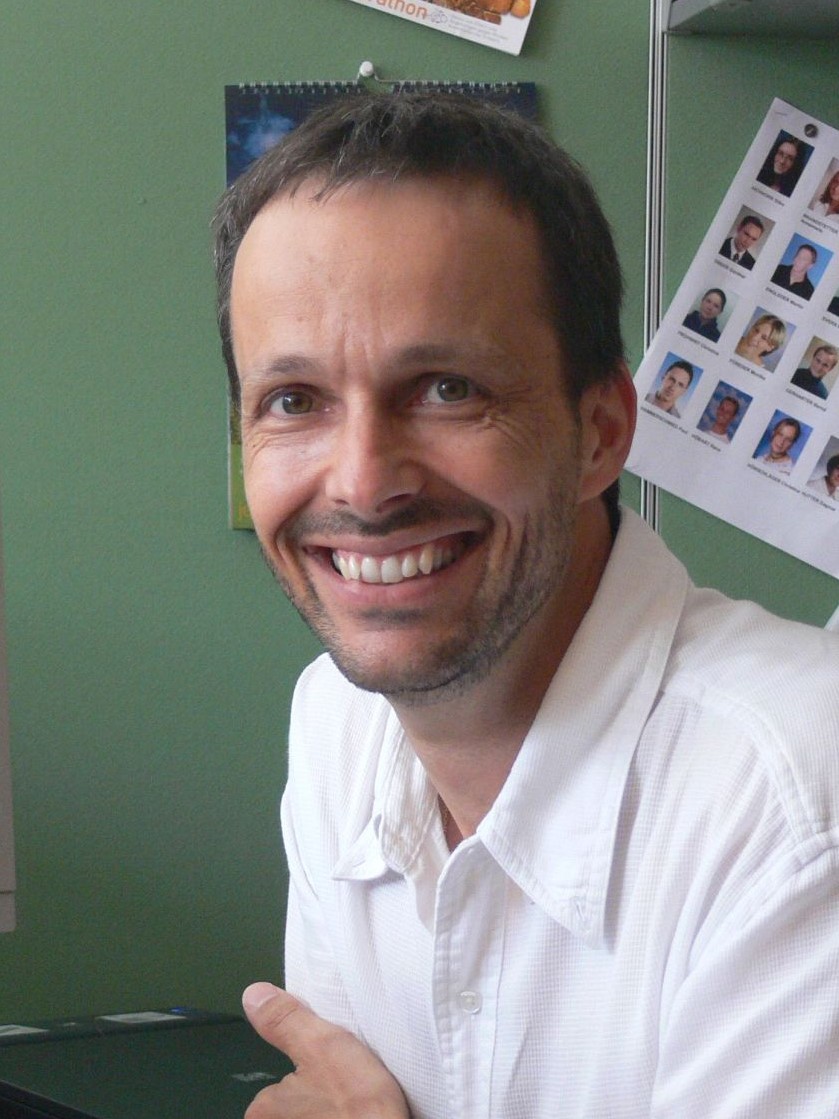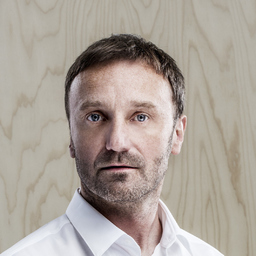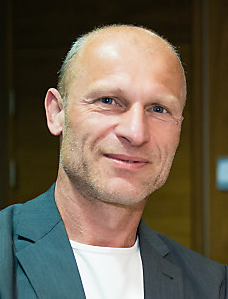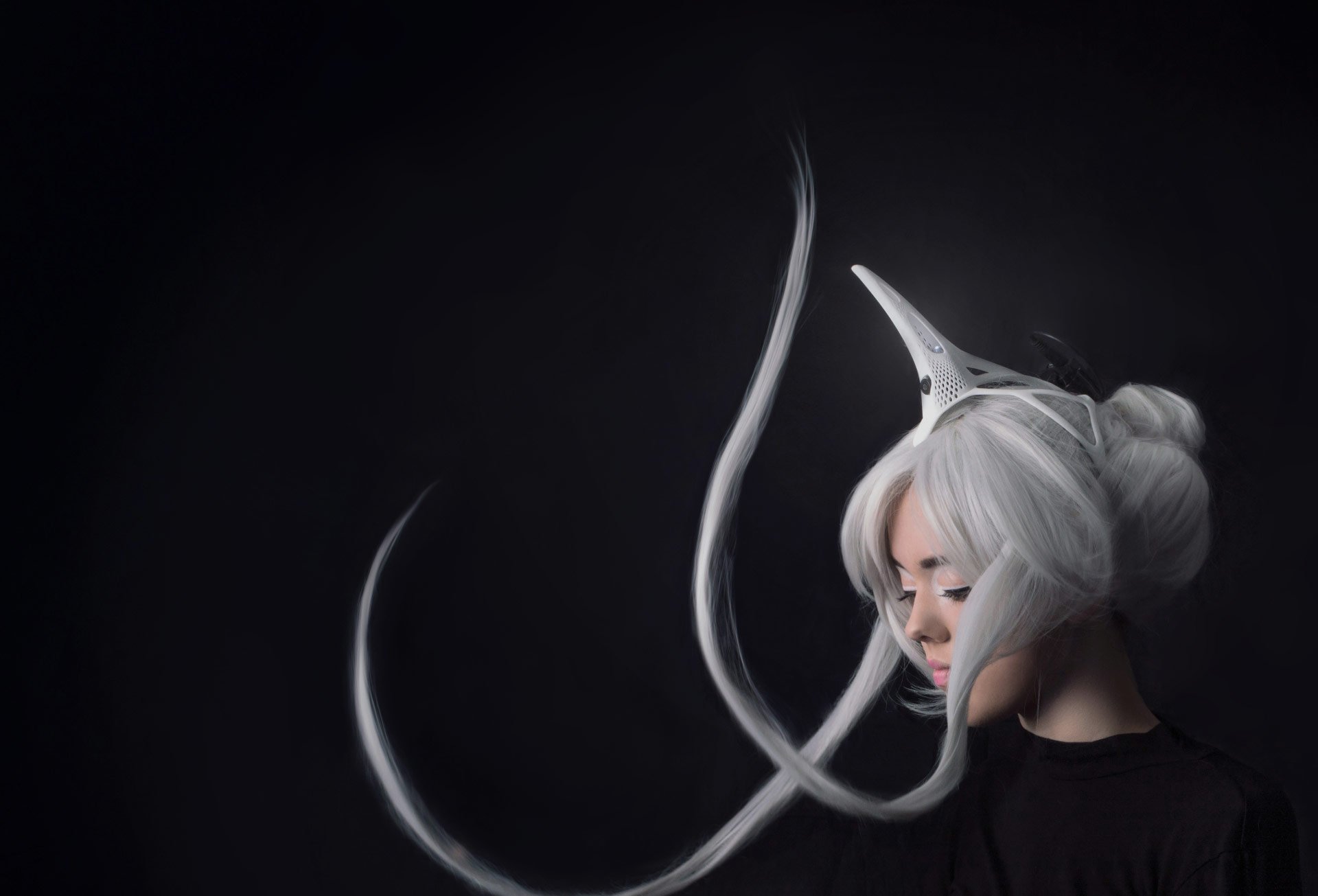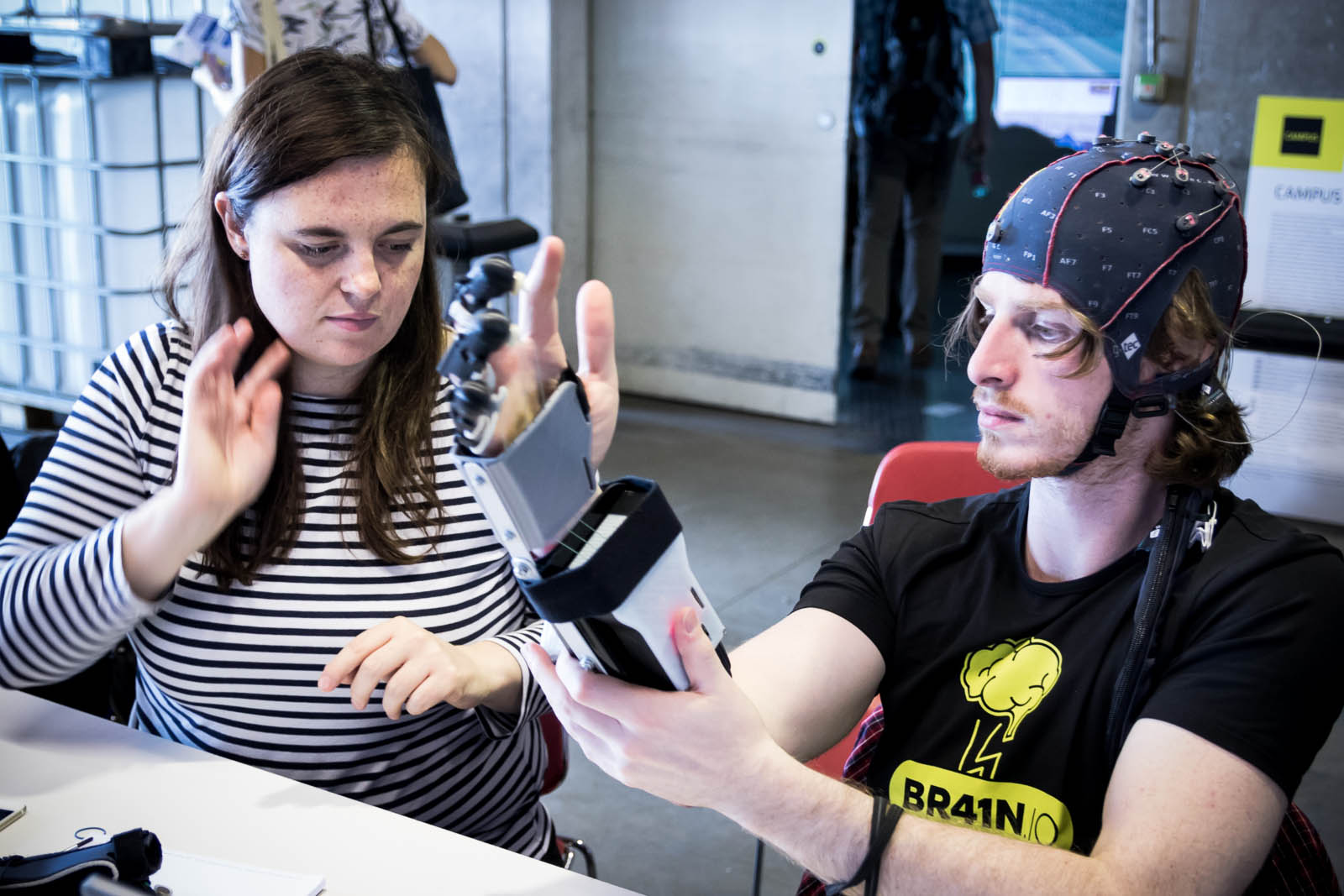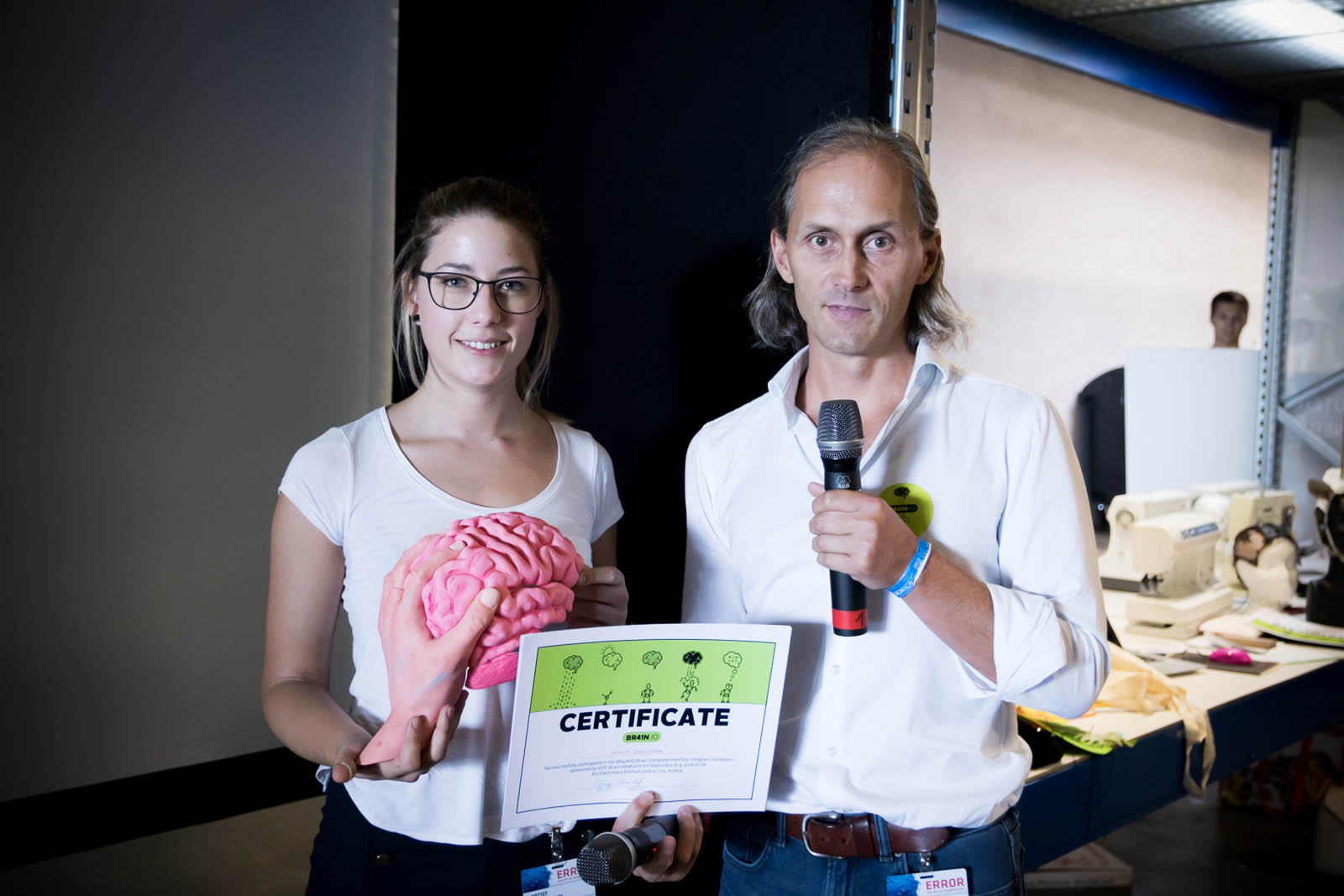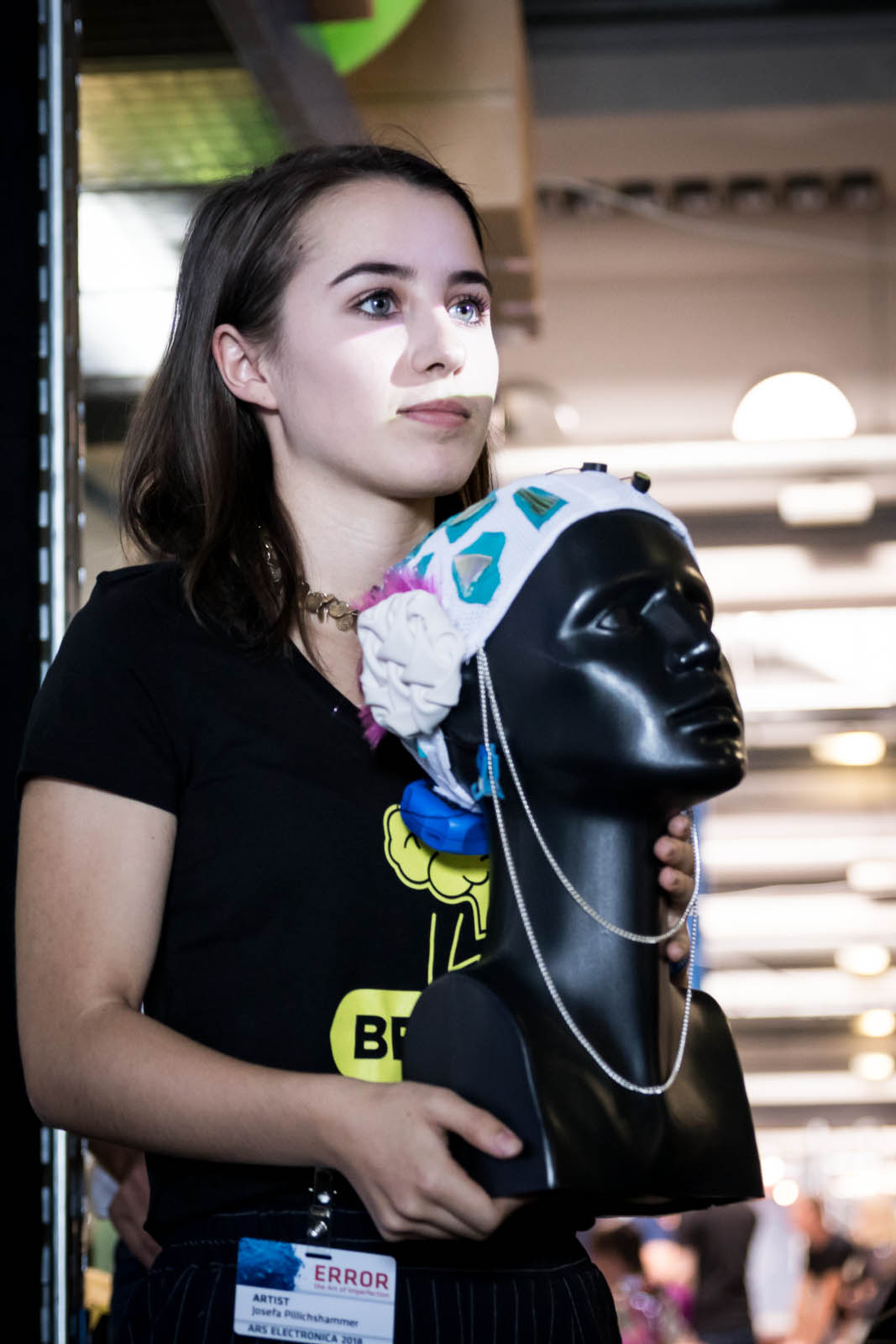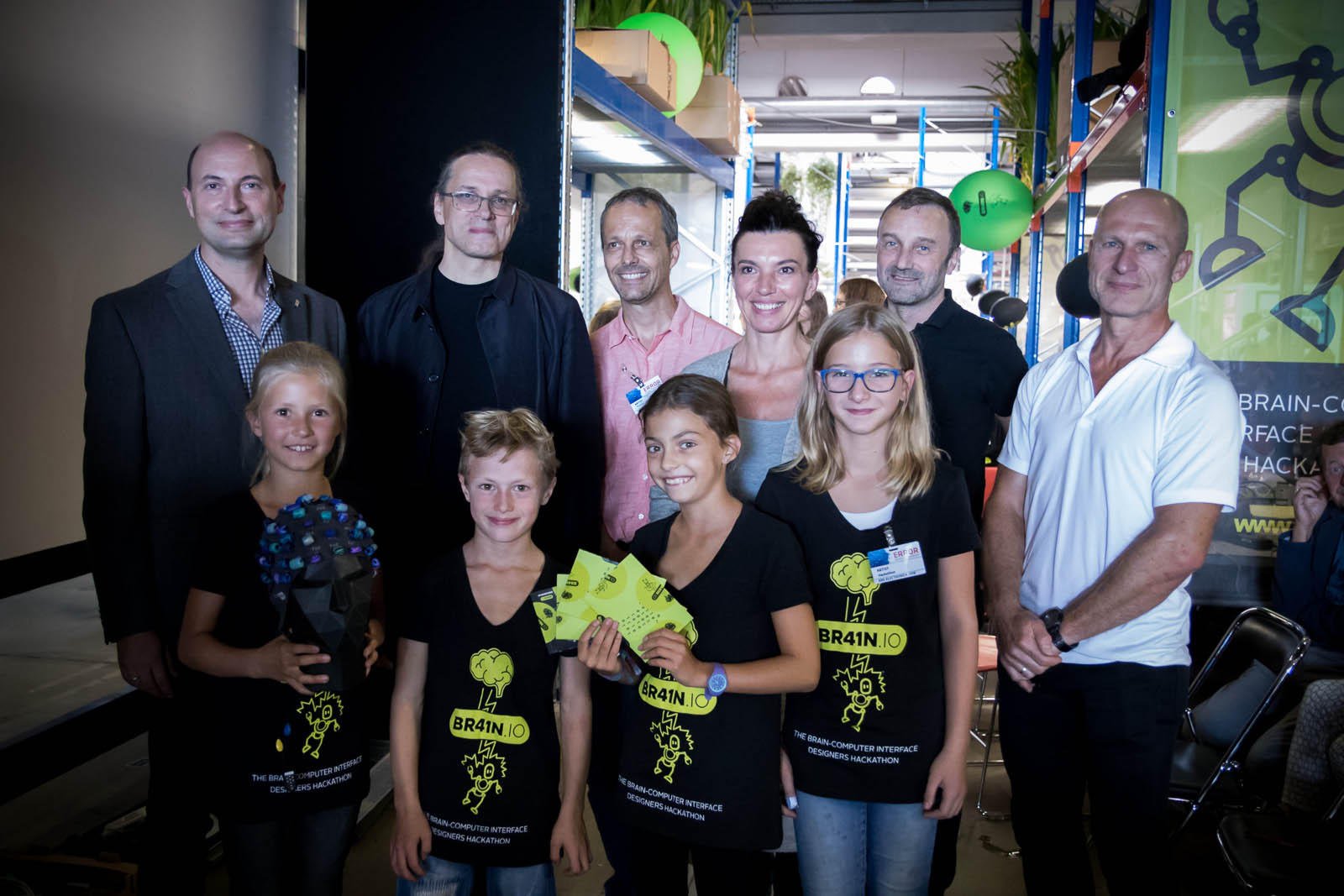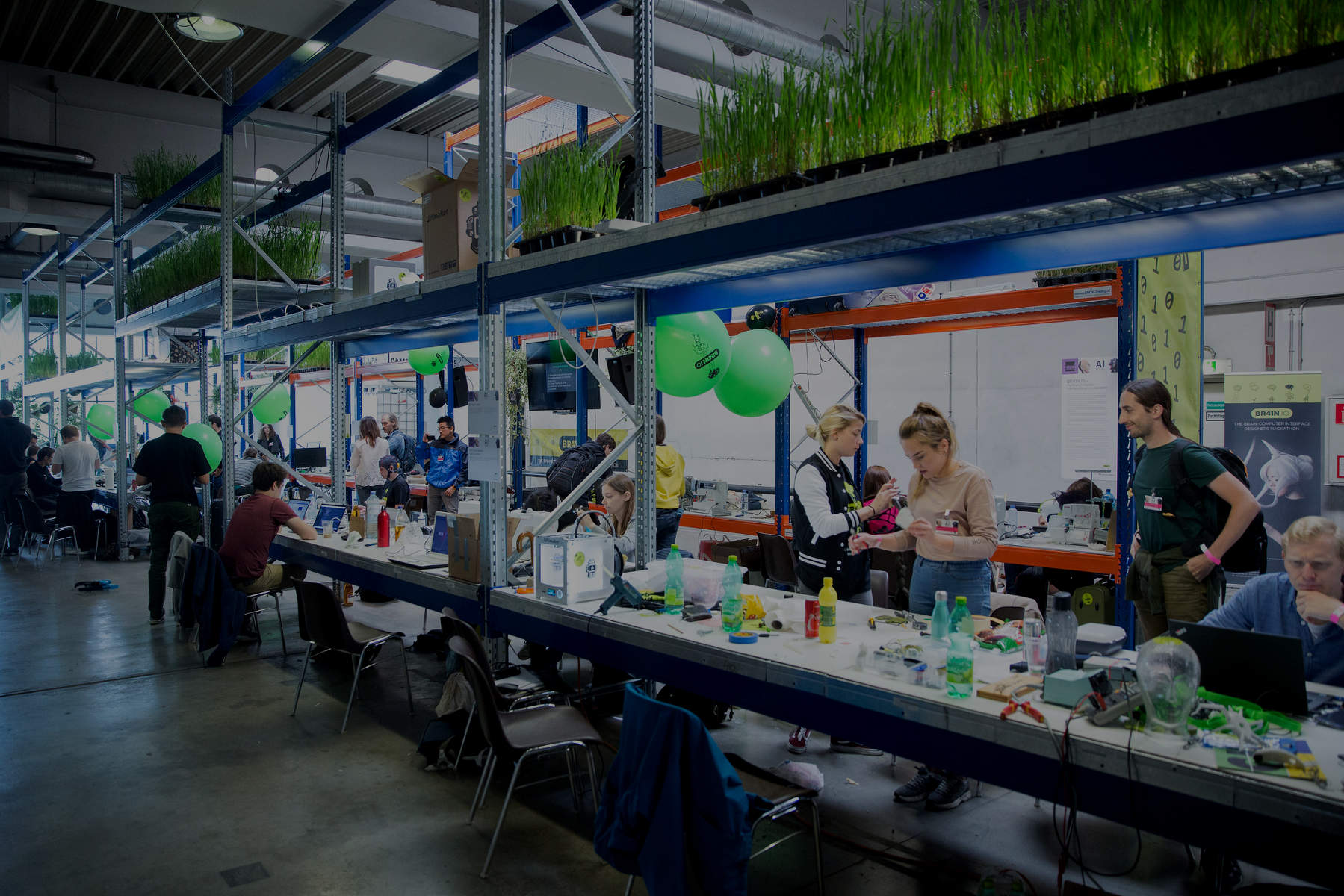
THE BR41N.IO DESIGNERS HACKATHON AT
ARS ELECTRONICA 2018
Brain Hackathons are brainstorming and collaborative marathons designed to rapidly produce working prototypes. At Ars Electronica 2018, BR41N.IO brings developers, technologists, engineers, students, artists, and scientists together in teams of 5 participants each over 2 days to cram and build solutions that they can present. Hence, the Hackathon provides an environment for innovation and entrepreneurship. By putting creative minds from multiple disciplines together for a short period of time, we have the opportunity to discover and uncover possibilities for using BCI-related hardware and software not readily thought of. Hacks and innovation developed from the BR41N.IO Hackathon have great potential for commercialization and are designed to be a learning experience for everyone.
There are several predefined projects at the hackathon, which the participants can choose to work on. Below, the projects are described in detail including hard- and software specifications as well as the number of possible participants for each project. Motor imagery and EP based systems are mostly used to control the applications. Specific hardware for the projects will be provided, however, software should already be installed on your personal laptop before you come to the hackathon.
Read more: Ars Electronica Festival 2018
Who can participate?
Anyone can participate who has interests in BMI, BCI, robotics, AR, VR, machine learning, computing, sensors, human-machine interface systems, control, signal processing, big data, haptics, rehabilitation, and similar areas. One does not have to be a BMI expert to participate on a team! Interdisciplinary teams with a combination of BMI and non-BMI skills are often successful in building solutions and producing working prototypes.
Can I submit a different project?
Professional teams can also participate to develop applications during the Hackathon to demonstrate full potential of some of the sponsored hardware/software. If you are looking for team members, your project will be included in the table plan below where people can apply for it. Submit your project to contact@br41n.io.
What's in there for me?
Be creative, think outside the box. The Hackathon is fun and gets you to network and collaborate with other Geeks.
Hackathon participants receive an Ars Electronica Festival Ticket for free! The Festivalpass gives you access to all events including conferences and panels, entry to the POSTCITY, Ars Electronica Center, LENTOS art museum, as well as to the OK at OÖ Kulturquartier, including Höhenrausch and all other Festival venues.
Additionally, the best Hackathon projects will be awarded with cash prizes:
- 1st BR41N.IO Prize: $ 300
- 2nd BR41N.IO Prize: $ 200
- 3rd BR41N.IO Prize: $ 100
- IEEE Brain Prize: $ 1,200*
- IEEE Brain Prize: $ 1,200*
* Travel budget + 1 free registration and acceptance to present hackathon results during the poster session at the IEEE Brain Initiative Workshop on Advanced NeuroTechnologies on November 1-2, 2018 in San Diego, USA
HACKATHON SCHEDULE
Saturday, 2018/09/08
| 10:00 – 10:30 AM | Welcome |
| 10:30 – 11:00 AM | Current and future applications of brain-computer interfaces Christoph Guger |
| 11:00 – 11:30 AM | How to run a real-time BCI application Christoph Guger |
| 11:30 AM – 12:00 PM | Unicorn demo Martin Walchshofer |
| 12:00 – 1:00 PM | Hacker groups and mentoring |
| 1:00 PM | START: BR41N.IO HACKATHON |
Sunday, 2018/09/09
| 1:00 PM | END: BR41N.IO HACKATHON |
| 1:00 – 3:00 PM | Project presentations |
| 3:00 – 3:30 PM | Meeting Hackathon Jury |
| 3:30 – 4:00 PM | BR41N.IO Ceremony |
HACKATHON JURY
HACKING PROJECTS
intendiX/extendiX Smart Home
The unicorn is supported by the P300 based spelling application intendiX. It is possible to control home devices such as lamps, radios or television. Watch the intendiX/extendiX Smart Home video.
soft-/hardware specifications: unicorn, everyday objects (bring your own objects)
participants: 2 groups, 3-5 people per group
skills: Basic programming skills (Matlab, Simulink)
Orthosis Control
It is possible to control a 3D printed orthosis using a unicorn amplifier with motor imagery. It is possible to move an orthosis by thinking about left or right hand motion. Watch the Orthosis Control video.
soft-/hardware specifications: g.USBamp, orthesis
participants: 2 groups, 3-5 people per group
Skills: Basic programming skills (Matlab, Simulink)
Gin Tonic Robot
How do you like your Gin Tonic: Hendrick's, Botanist or Edinburgh Gin? Rosemary, cucumber, lime or pepper? Did you ever wish for a Gin Tonic, and it suddenly appears in your hand? Think of a Gin Tonic cocktail and have a robot mix and pour it over ice for you. Cheers!
soft-/hardware specifications: unicorn
participants: 1 group, 3-5 people
skills: Basic programming skills (Matlab, Simulink, C#)
Unicorn Waves
The user is wearing a unicorn headset and according to her EEG signals a music track or abstract sounds are being created which will be automatically exported as mp3 (and ready to share with friends). Technically the unicorn is sending signals to Sonic Pi to create audio tracks.
soft-/hardware specifications: unicorn
participants: 1 group, 3-5 people
skills: Basic programming skills (Ruby)
Sphero SPRK Control
The unicorn is supported by the P300 based spelling application intendiX. It is possible to controll a robotic ball called Sphero with intendiX. Watch the Sphero Control video.
soft-/hardware specifications: unicorn, Sphero
participants: 2 groups, 3-5 people per group
skills: Basic programming skills (C#)
Flight Control
The unicorn is supported by the P300 based spelling application intendiX. It is possible to move a drone with intendiX.
soft-/hardware specifications: unicorn, drone
participants: 2 groups, 3-5 people per group
skills: Basic programming skills (Java)
e-puck Control
It is possible to control an e-puck with the P300 based spelling application intendiX. Watch the e-puck control video.
soft-/hardware specifications: g.Nautilus, e-puck
participants: 2 groups, 3-5 people per group
skills: Basic programming skills (C#)
fNIRS and EEG Control
The team can use fNIRS (functional near-infrared spectroscopy) and EEG simultaneously to control BCI applications.
soft-/hardware specifications: g.Nautilus fNIRS
participants: 1 group, 3-5 people per group
skills: Basic programming skills (Matlab, Simulink)
Unity Games
It is possible to control a unity based games.
soft-/hardware specifications: g.Nautilus
participants: 2 groups, 3-5 people per group
Skills: Basic programming skills (Matlab, Simulink), Basic graphics programming with Unity
Dream Painting
To use the dream painting app, the user is wearing an unicorn headset while sleeping. When he wakes up, he will get an image created according to his EEG signals.
soft-/hardware specifications: g.USBamp
participants: 2 groups, 3-5 people per group
skills: Basic programming skills (Matlab, Simulink)
Camera
It is possible to record videos, while recording EEG with an unicorn amplifier.
soft-/hardware specifications: unicorn, cameras
participants: 2 groups, 3-5 people per group
skills: Basic programming skills (Matlab, Simulink)
Connect intendiX w/ Social Media
The unicorn amplifier is supported by the P300 based spelling application intendiX. When connected to Twitter or Facebook, status updated can be written. Watch the intendiX Social Media video.
soft-/hardware specifications: unicorn
participants: 2 groups, 3-5 people per group
skills: Basic programming skills (Matlab, Simulink)
ARTISTIC PROJECTS
intendiX Painting
Create images according to your EEG signals.
soft-/hardware specifications: unicorn
participants: 2 groups, 3-5 people per group
Use intendiX for Social Media
Use the P300 based spelling application intendiX to update your status on Twitter or Facebook. Watch the intendiX Social Media video.
soft-/hardware specifications: unicorn
participants: 2 groups, 3-5 people per group
Design Headsets Using 3D Printing
Expand your EEG Headset with your own 3d printed parts. Let them move, light, hold things or simply look nice. Watch the 3D Headset Design video.
soft-/hardware specifications: 3D printer, 3D freeware
participants: 2 groups, 3-5 people per group
Skills: Basic CAD
Design Headsets Using Sewing Machines
Expand your EEG Headset with a hat designed to keep all electrodes in their intended position.
soft-/hardware specifications: sewing machines and material
participants: 10 people
FOR CHILDREN
Unicorn Kids Table
Kids can join anytime and stay as long as they want to and handicraft their own headsets based on their imagination.
soft-/hardware specifications: none
participants: unlimited
THAT WAS LINZ 2018. THANK YOU!
PROGRAMMING WINNERS
IEEE BRAIN WINNER
Team "Unicorn Waves"
The team created a BCI controlled graphics and sound animation program using P300 speller to influence the animations.
Team members: Karin Ohshita, Patricia Ziegler, David Osou, Tatiana Statsenko, Thomas Schranz, Verena Handler-Kunze, Paul Pallweber, Emanuele Capparelli, David Pfluegl, Allan Berger
1. PLACE WINNER
Team "Gin Tonic"
The team controlled the mixture of Gin and Tonic with the alpha/beta ratio to induce more relaxation in its user.
Team members: Theresia Grahammer, Elisabeth Böhmwalder, Stefan Zapf, Rosa Büchsenmeister, Christoph Kernstock, Bernd Reutterer, Lukas Traxler
2. PLACE WINNER
Dreamteam "Schloafn"
The Dreamteam mapped activation of the EEG on a graphical representation while a person was sleeping indicating how active the brain was.
Team members: Juan Ignacio Pisula, Thomas Preindl, Tomasz Kostka, Melanie Balaz, Helene Casado, Anthulla Dushi, Billie Postlmayr
3. PLACE WINNER
Team "Orthosis"
The team combined prosthetic hand control with haptic feedback and could play the piano with BCI and scroll through a playlist.
Team member: Timar Ivo Batis, Sophie Richter, Laurence Freeman
ARTISTIC WINNERS
IEEE BRAIN WINNER
Team "3D printed Brain"
The team created a 3D printed brain headset with a 3D printed hand grasping into the brain.
Team members: Angelika Hiebl, Konstantin Wiplinger
1. PLACE WINNER
Team "Uniqorn Painting"
Team Unicorn Painting created pictures with a P300 based painting application on the computer and controlled a Sphero robot to create the painting.
Team members: Sandra Youssef, Melina Maria Strasser, Rafael Benitez Cabral, Weronika Fleszar, Bálint Budai, Loren P. Bergantini, Adrienn Hérincs, Hui Sim Chan, Karolina Sulich
2. PLACE WINNER
Team "Leather and Lace"
The fashion-school student combined leather and lace elements into a stylish EEG headset that is fully functional.
Team member: Miriam Graf
3. PLACE WINNER
Team "Smoke"
The fashion-school student designed an EEG headset with sewing machines and used CDs to style it.
Team member: Sophia Pillichshammer
KIDS WINNER
The kids used differend colorful pearls and created a fashionable Unicorn headset.
Team members: Yannic, Stella, Lina, Linda
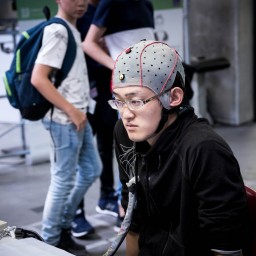 BR41N.IO-Linz-2018-web-1
BR41N.IO-Linz-2018-web-1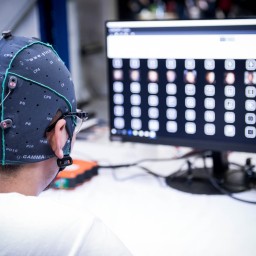 BR41N.IO-Linz-2018-web-2
BR41N.IO-Linz-2018-web-2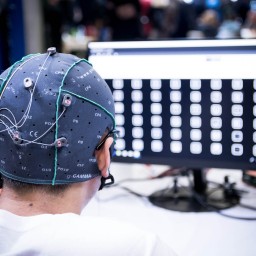 BR41N.IO-Linz-2018-web-3
BR41N.IO-Linz-2018-web-3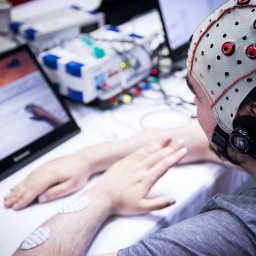 BR41N.IO-Linz-2018-web-4
BR41N.IO-Linz-2018-web-4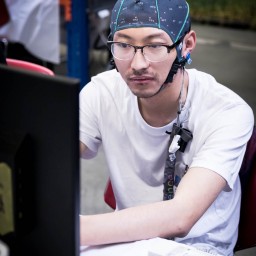 BR41N.IO-Linz-2018-web-5
BR41N.IO-Linz-2018-web-5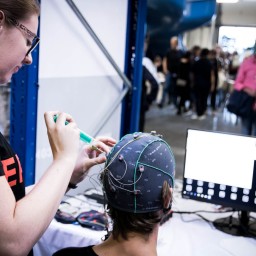 BR41N.IO-Linz-2018-web-6
BR41N.IO-Linz-2018-web-6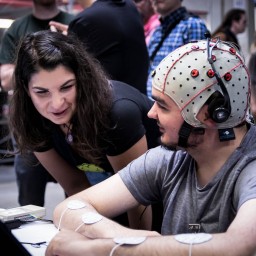 BR41N.IO-Linz-2018-web-7
BR41N.IO-Linz-2018-web-7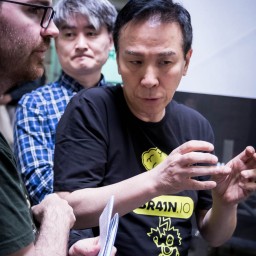 BR41N.IO-Linz-2018-web-8
BR41N.IO-Linz-2018-web-8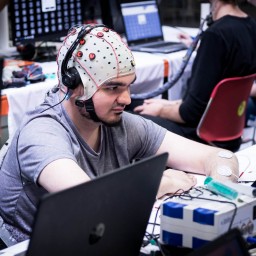 BR41N.IO-Linz-2018-web-9
BR41N.IO-Linz-2018-web-9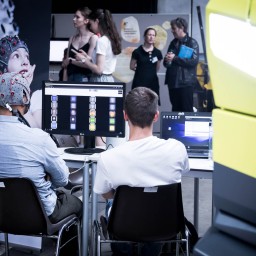 BR41N.IO-Linz-2018-web-10
BR41N.IO-Linz-2018-web-10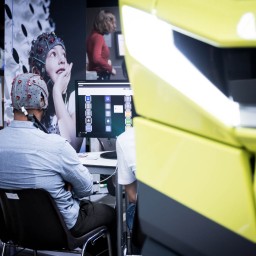 BR41N.IO-Linz-2018-web-11
BR41N.IO-Linz-2018-web-11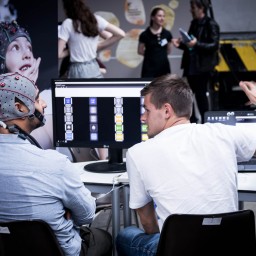 BR41N.IO-Linz-2018-web-12
BR41N.IO-Linz-2018-web-12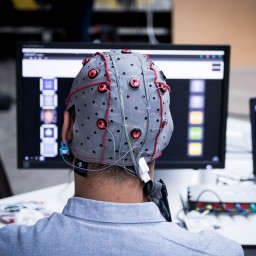 BR41N.IO-Linz-2018-web-13
BR41N.IO-Linz-2018-web-13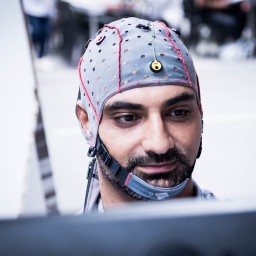 BR41N.IO-Linz-2018-web-14
BR41N.IO-Linz-2018-web-14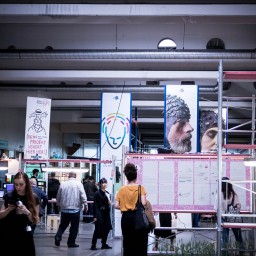 BR41N.IO-Linz-2018-web-15
BR41N.IO-Linz-2018-web-15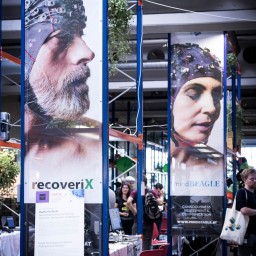 BR41N.IO-Linz-2018-web-16
BR41N.IO-Linz-2018-web-16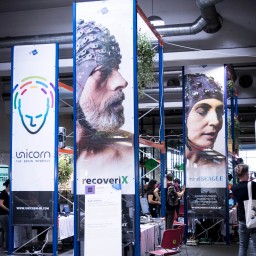 BR41N.IO-Linz-2018-web-17
BR41N.IO-Linz-2018-web-17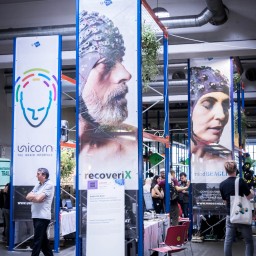 BR41N.IO-Linz-2018-web-18
BR41N.IO-Linz-2018-web-18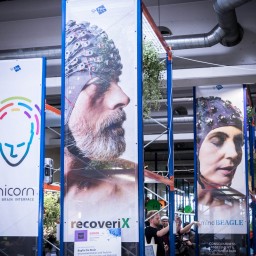 BR41N.IO-Linz-2018-web-19
BR41N.IO-Linz-2018-web-19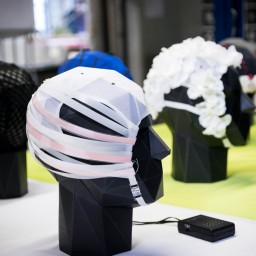 BR41N.IO-Linz-2018-web-20
BR41N.IO-Linz-2018-web-20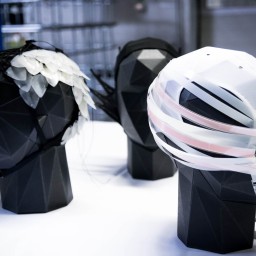 BR41N.IO-Linz-2018-web-21
BR41N.IO-Linz-2018-web-21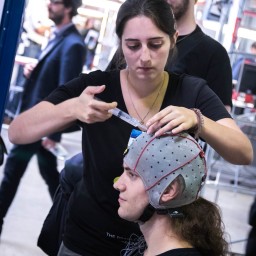 BR41N.IO-Linz-2018-web-22
BR41N.IO-Linz-2018-web-22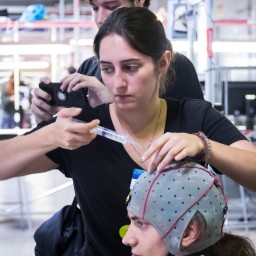 BR41N.IO-Linz-2018-web-23
BR41N.IO-Linz-2018-web-23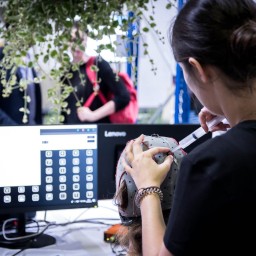 BR41N.IO-Linz-2018-web-24
BR41N.IO-Linz-2018-web-24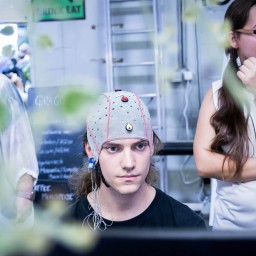 BR41N.IO-Linz-2018-web-25
BR41N.IO-Linz-2018-web-25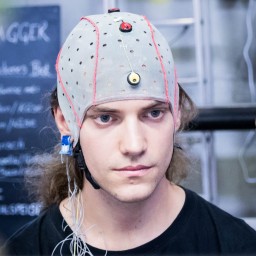 BR41N.IO-Linz-2018-web-26
BR41N.IO-Linz-2018-web-26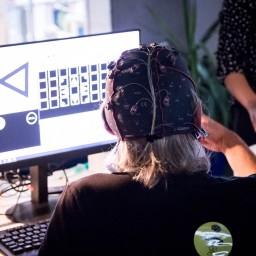 BR41N.IO-Linz-2018-web-27
BR41N.IO-Linz-2018-web-27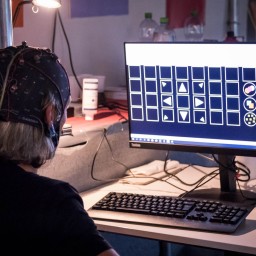 BR41N.IO-Linz-2018-web-28
BR41N.IO-Linz-2018-web-28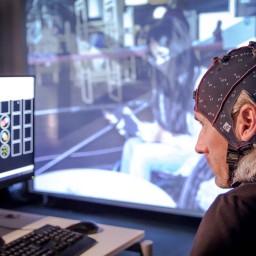 BR41N.IO-Linz-2018-web-29
BR41N.IO-Linz-2018-web-29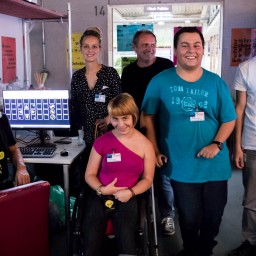 BR41N.IO-Linz-2018-web-30
BR41N.IO-Linz-2018-web-30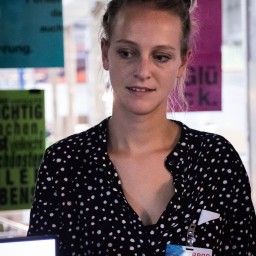 BR41N.IO-Linz-2018-web-31
BR41N.IO-Linz-2018-web-31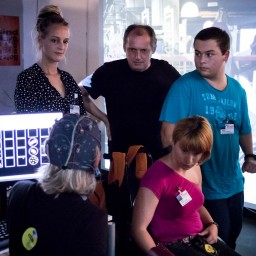 BR41N.IO-Linz-2018-web-32
BR41N.IO-Linz-2018-web-32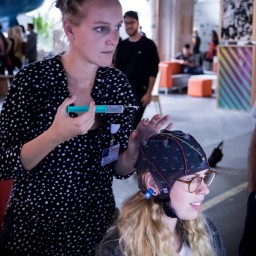 BR41N.IO-Linz-2018-web-33
BR41N.IO-Linz-2018-web-33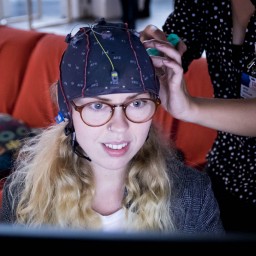 BR41N.IO-Linz-2018-web-34
BR41N.IO-Linz-2018-web-34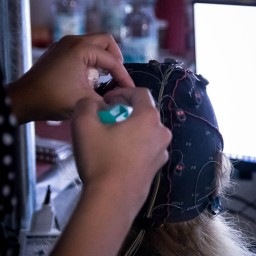 BR41N.IO-Linz-2018-web-35
BR41N.IO-Linz-2018-web-35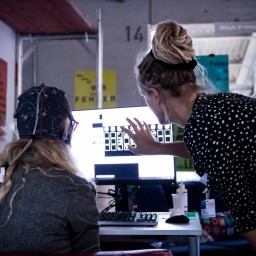 BR41N.IO-Linz-2018-web-36
BR41N.IO-Linz-2018-web-36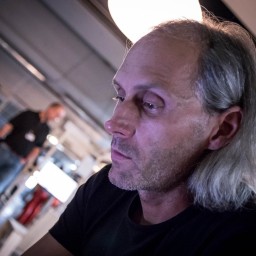 BR41N.IO-Linz-2018-web-37
BR41N.IO-Linz-2018-web-37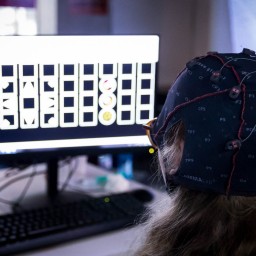 BR41N.IO-Linz-2018-web-38
BR41N.IO-Linz-2018-web-38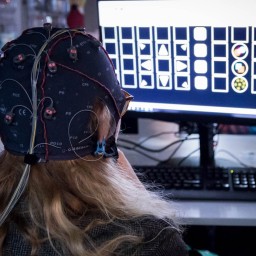 BR41N.IO-Linz-2018-web-39
BR41N.IO-Linz-2018-web-39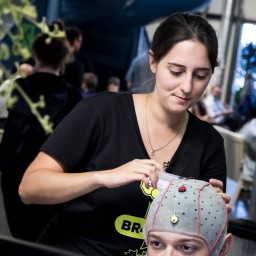 BR41N.IO-Linz-2018-web-40
BR41N.IO-Linz-2018-web-40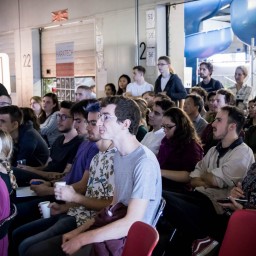 BR41N.IO-Linz-2018-web-41
BR41N.IO-Linz-2018-web-41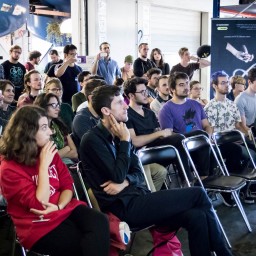 BR41N.IO-Linz-2018-web-42
BR41N.IO-Linz-2018-web-42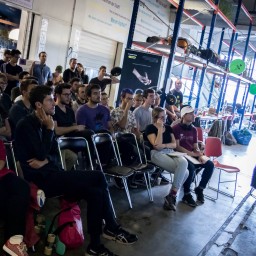 BR41N.IO-Linz-2018-web-43
BR41N.IO-Linz-2018-web-43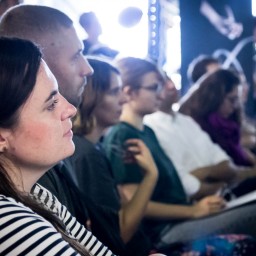 BR41N.IO-Linz-2018-web-44
BR41N.IO-Linz-2018-web-44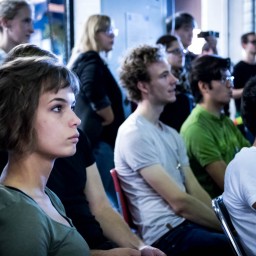 BR41N.IO-Linz-2018-web-45
BR41N.IO-Linz-2018-web-45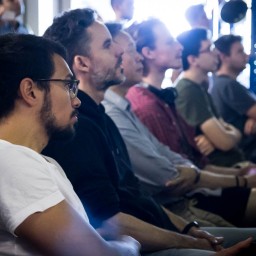 BR41N.IO-Linz-2018-web-46
BR41N.IO-Linz-2018-web-46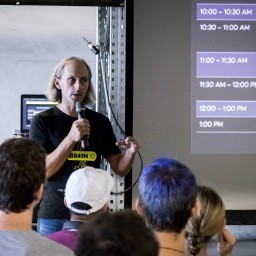 BR41N.IO-Linz-2018-web-47
BR41N.IO-Linz-2018-web-47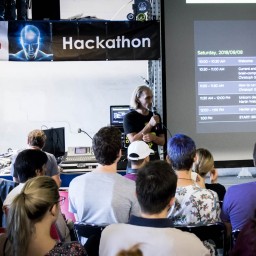 BR41N.IO-Linz-2018-web-48
BR41N.IO-Linz-2018-web-48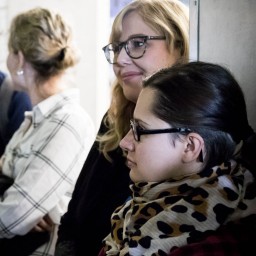 BR41N.IO-Linz-2018-web-49
BR41N.IO-Linz-2018-web-49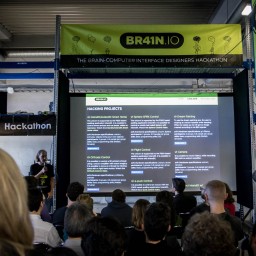 BR41N.IO-Linz-2018-web-50
BR41N.IO-Linz-2018-web-50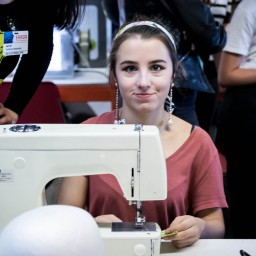 BR41N.IO-Linz-2018-web-51
BR41N.IO-Linz-2018-web-51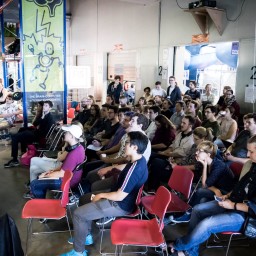 BR41N.IO-Linz-2018-web-52
BR41N.IO-Linz-2018-web-52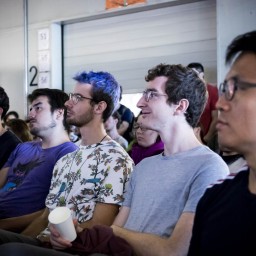 BR41N.IO-Linz-2018-web-53
BR41N.IO-Linz-2018-web-53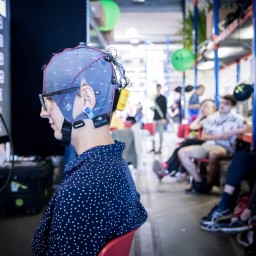 BR41N.IO-Linz-2018-web-54
BR41N.IO-Linz-2018-web-54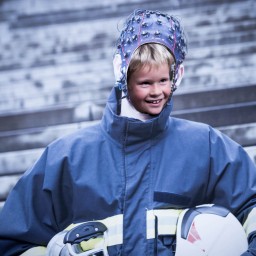 BR41N.IO-Linz-2018-web-55
BR41N.IO-Linz-2018-web-55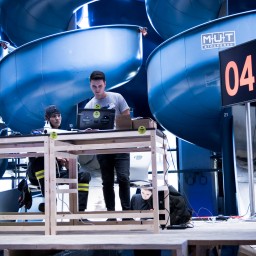 BR41N.IO-Linz-2018-web-56
BR41N.IO-Linz-2018-web-56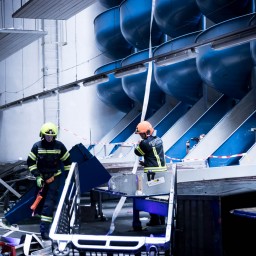 BR41N.IO-Linz-2018-web-57
BR41N.IO-Linz-2018-web-57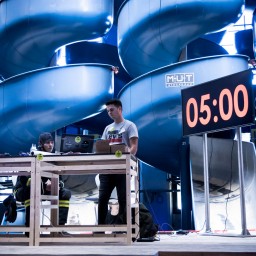 BR41N.IO-Linz-2018-web-58
BR41N.IO-Linz-2018-web-58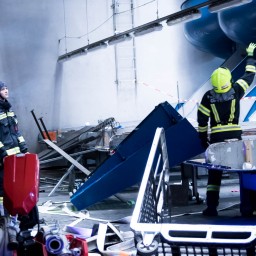 BR41N.IO-Linz-2018-web-59
BR41N.IO-Linz-2018-web-59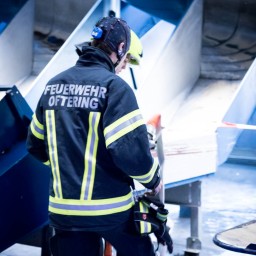 BR41N.IO-Linz-2018-web-60
BR41N.IO-Linz-2018-web-60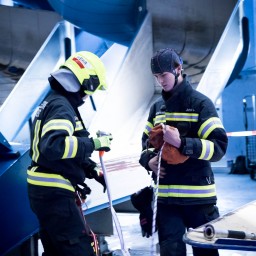 BR41N.IO-Linz-2018-web-61
BR41N.IO-Linz-2018-web-61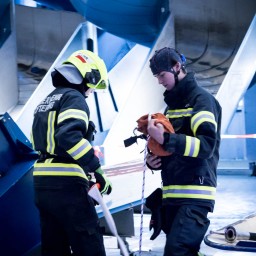 BR41N.IO-Linz-2018-web-62
BR41N.IO-Linz-2018-web-62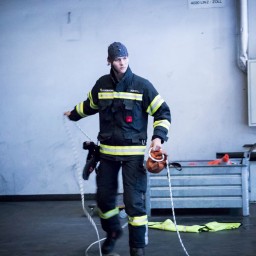 BR41N.IO-Linz-2018-web-63
BR41N.IO-Linz-2018-web-63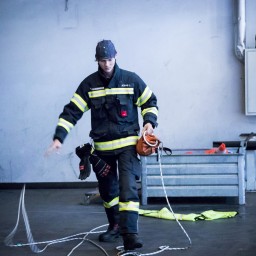 BR41N.IO-Linz-2018-web-64
BR41N.IO-Linz-2018-web-64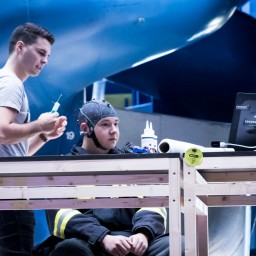 BR41N.IO-Linz-2018-web-65
BR41N.IO-Linz-2018-web-65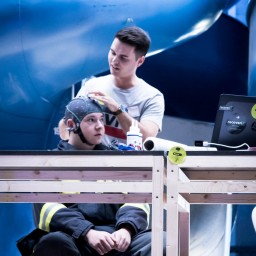 BR41N.IO-Linz-2018-web-66
BR41N.IO-Linz-2018-web-66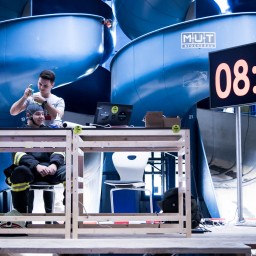 BR41N.IO-Linz-2018-web-67
BR41N.IO-Linz-2018-web-67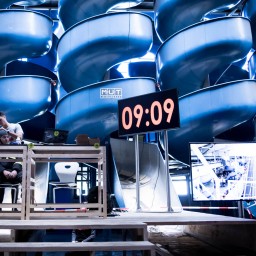 BR41N.IO-Linz-2018-web-68
BR41N.IO-Linz-2018-web-68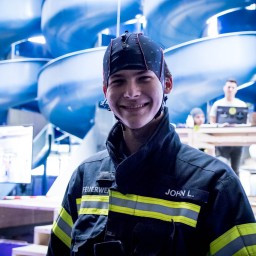 BR41N.IO-Linz-2018-web-69
BR41N.IO-Linz-2018-web-69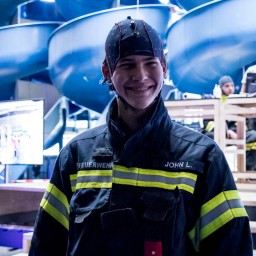 BR41N.IO-Linz-2018-web-70
BR41N.IO-Linz-2018-web-70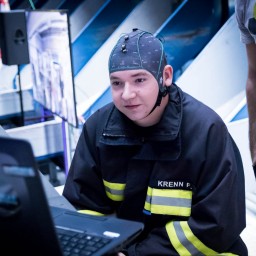 BR41N.IO-Linz-2018-web-71
BR41N.IO-Linz-2018-web-71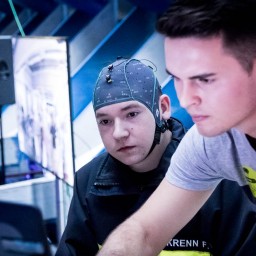 BR41N.IO-Linz-2018-web-72
BR41N.IO-Linz-2018-web-72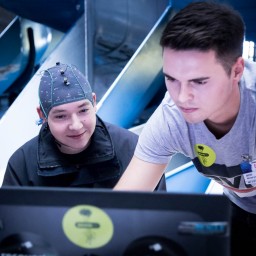 BR41N.IO-Linz-2018-web-73
BR41N.IO-Linz-2018-web-73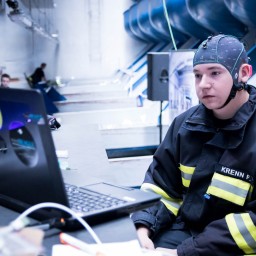 BR41N.IO-Linz-2018-web-74
BR41N.IO-Linz-2018-web-74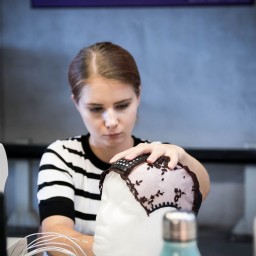 BR41N.IO-Linz-2018-web-75
BR41N.IO-Linz-2018-web-75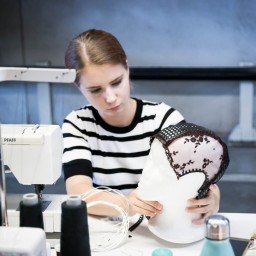 BR41N.IO-Linz-2018-web-76
BR41N.IO-Linz-2018-web-76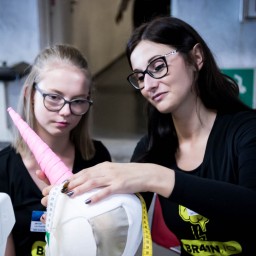 BR41N.IO-Linz-2018-web-77
BR41N.IO-Linz-2018-web-77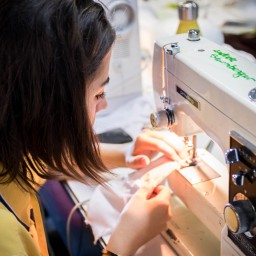 BR41N.IO-Linz-2018-web-78
BR41N.IO-Linz-2018-web-78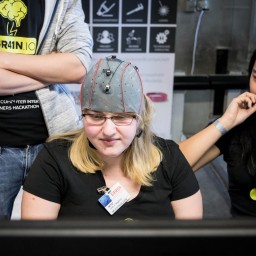 BR41N.IO-Linz-2018-web-79
BR41N.IO-Linz-2018-web-79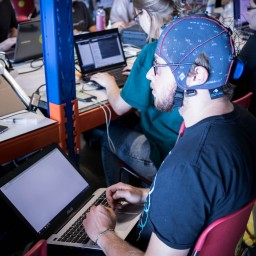 BR41N.IO-Linz-2018-web-80
BR41N.IO-Linz-2018-web-80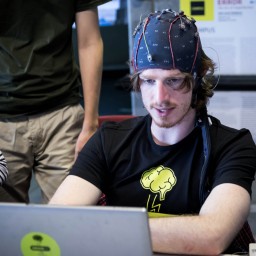 BR41N.IO-Linz-2018-web-81
BR41N.IO-Linz-2018-web-81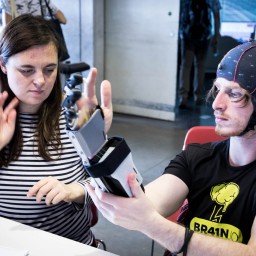 BR41N.IO-Linz-2018-web-82
BR41N.IO-Linz-2018-web-82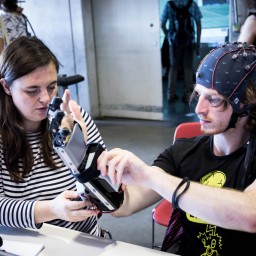 BR41N.IO-Linz-2018-web-83
BR41N.IO-Linz-2018-web-83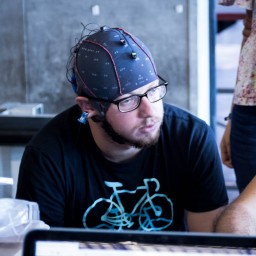 BR41N.IO-Linz-2018-web-84
BR41N.IO-Linz-2018-web-84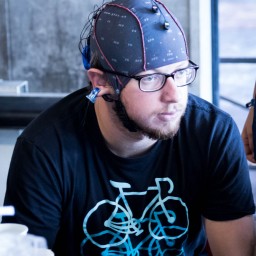 BR41N.IO-Linz-2018-web-85
BR41N.IO-Linz-2018-web-85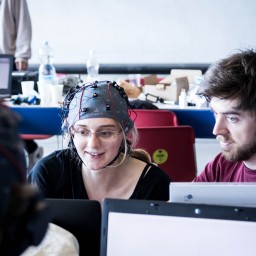 BR41N.IO-Linz-2018-web-86
BR41N.IO-Linz-2018-web-86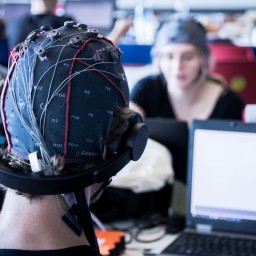 BR41N.IO-Linz-2018-web-87
BR41N.IO-Linz-2018-web-87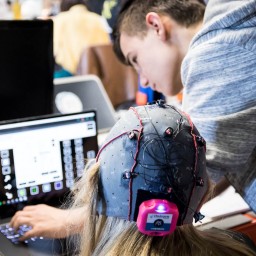 BR41N.IO-Linz-2018-web-88
BR41N.IO-Linz-2018-web-88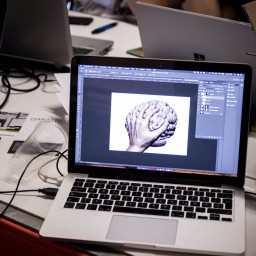 BR41N.IO-Linz-2018-web-89
BR41N.IO-Linz-2018-web-89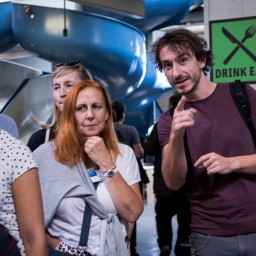 BR41N.IO-Linz-2018-web-90
BR41N.IO-Linz-2018-web-90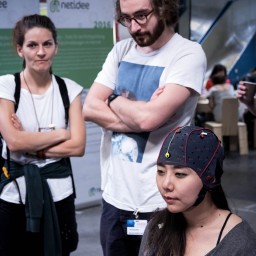 BR41N.IO-Linz-2018-web-91
BR41N.IO-Linz-2018-web-91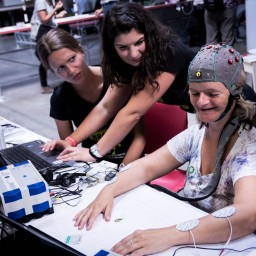 BR41N.IO-Linz-2018-web-92
BR41N.IO-Linz-2018-web-92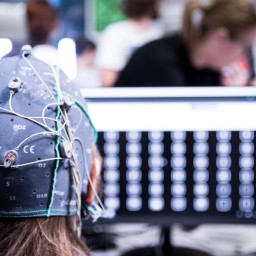 BR41N.IO-Linz-2018-web-93
BR41N.IO-Linz-2018-web-93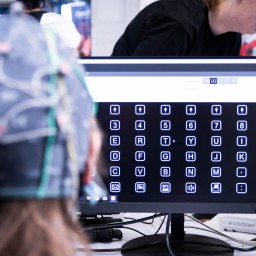 BR41N.IO-Linz-2018-web-94
BR41N.IO-Linz-2018-web-94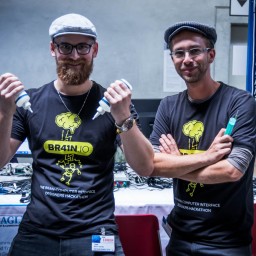 BR41N.IO-Linz-2018-web-95
BR41N.IO-Linz-2018-web-95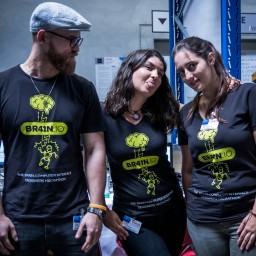 BR41N.IO-Linz-2018-web-96
BR41N.IO-Linz-2018-web-96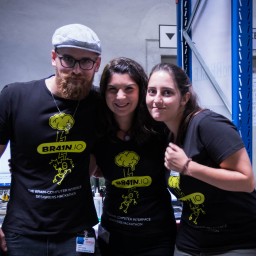 BR41N.IO-Linz-2018-web-97
BR41N.IO-Linz-2018-web-97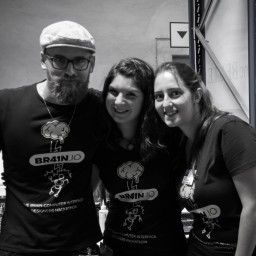 BR41N.IO-Linz-2018-web-98
BR41N.IO-Linz-2018-web-98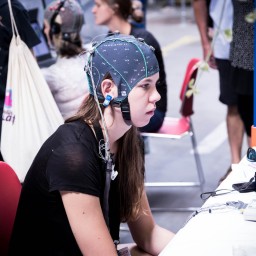 BR41N.IO-Linz-2018-web-99
BR41N.IO-Linz-2018-web-99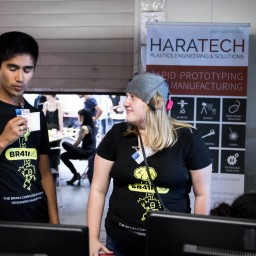 BR41N.IO-Linz-2018-web-100
BR41N.IO-Linz-2018-web-100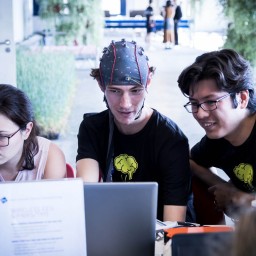 BR41N.IO-Linz-2018-web-101
BR41N.IO-Linz-2018-web-101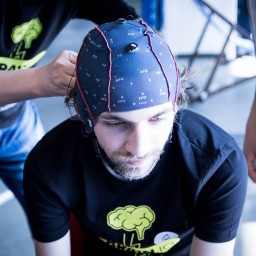 BR41N.IO-Linz-2018-web-102
BR41N.IO-Linz-2018-web-102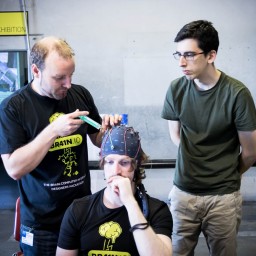 BR41N.IO-Linz-2018-web-103
BR41N.IO-Linz-2018-web-103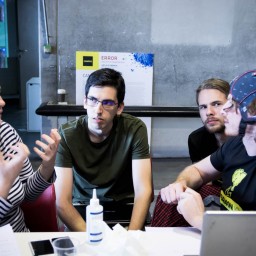 BR41N.IO-Linz-2018-web-104
BR41N.IO-Linz-2018-web-104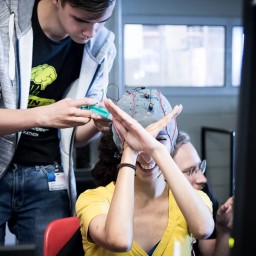 BR41N.IO-Linz-2018-web-105
BR41N.IO-Linz-2018-web-105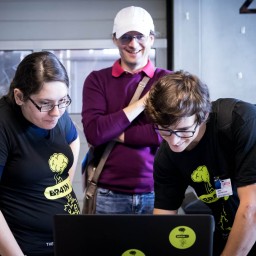 BR41N.IO-Linz-2018-web-106
BR41N.IO-Linz-2018-web-106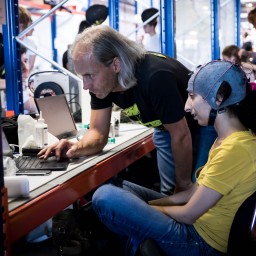 BR41N.IO-Linz-2018-web-107
BR41N.IO-Linz-2018-web-107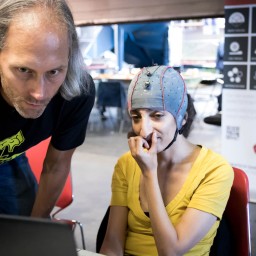 BR41N.IO-Linz-2018-web-108
BR41N.IO-Linz-2018-web-108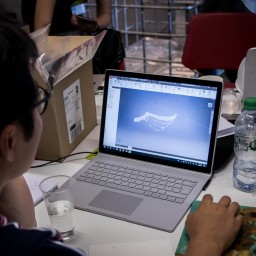 BR41N.IO-Linz-2018-web-109
BR41N.IO-Linz-2018-web-109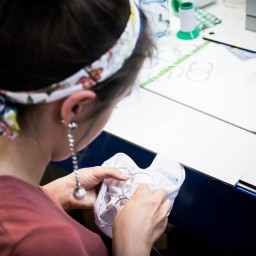 BR41N.IO-Linz-2018-web-110
BR41N.IO-Linz-2018-web-110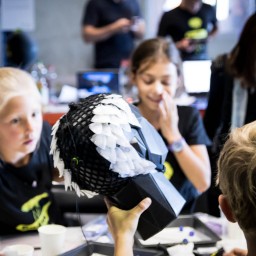 BR41N.IO-Linz-2018-web-111
BR41N.IO-Linz-2018-web-111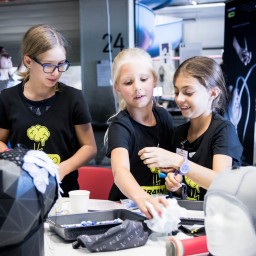 BR41N.IO-Linz-2018-web-112
BR41N.IO-Linz-2018-web-112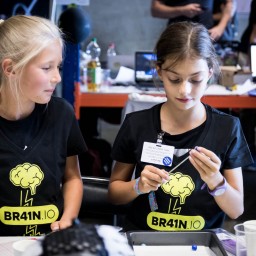 BR41N.IO-Linz-2018-web-113
BR41N.IO-Linz-2018-web-113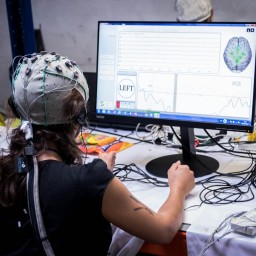 BR41N.IO-Linz-2018-web-114
BR41N.IO-Linz-2018-web-114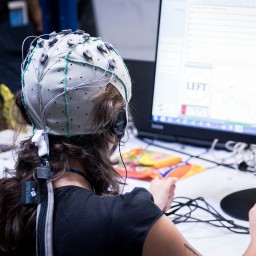 BR41N.IO-Linz-2018-web-115
BR41N.IO-Linz-2018-web-115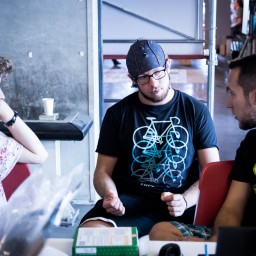 BR41N.IO-Linz-2018-web-116
BR41N.IO-Linz-2018-web-116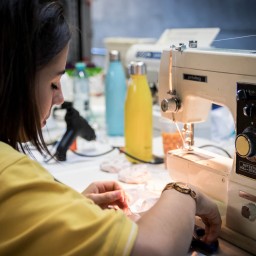 BR41N.IO-Linz-2018-web-117
BR41N.IO-Linz-2018-web-117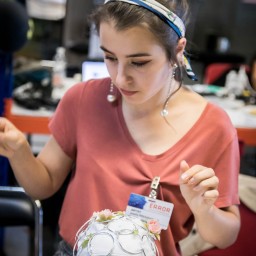 BR41N.IO-Linz-2018-web-118
BR41N.IO-Linz-2018-web-118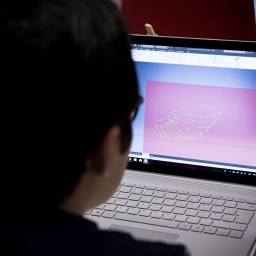 BR41N.IO-Linz-2018-web-119
BR41N.IO-Linz-2018-web-119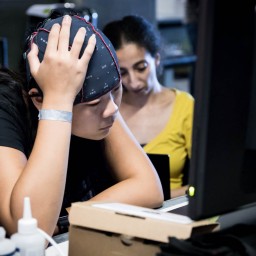 BR41N.IO-Linz-2018-web-120
BR41N.IO-Linz-2018-web-120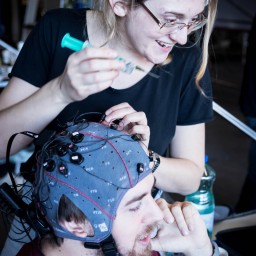 BR41N.IO-Linz-2018-web-121
BR41N.IO-Linz-2018-web-121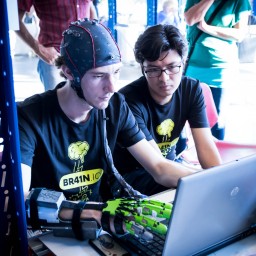 BR41N.IO-Linz-2018-web-122
BR41N.IO-Linz-2018-web-122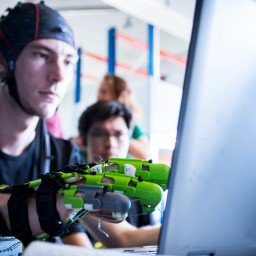 BR41N.IO-Linz-2018-web-123
BR41N.IO-Linz-2018-web-123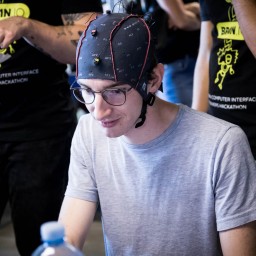 BR41N.IO-Linz-2018-web-124
BR41N.IO-Linz-2018-web-124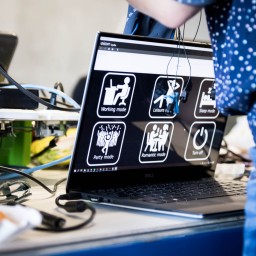 BR41N.IO-Linz-2018-web-125
BR41N.IO-Linz-2018-web-125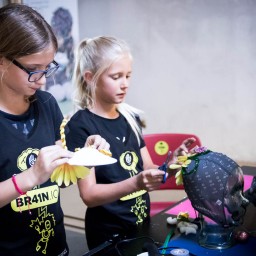 BR41N.IO-Linz-2018-web-126
BR41N.IO-Linz-2018-web-126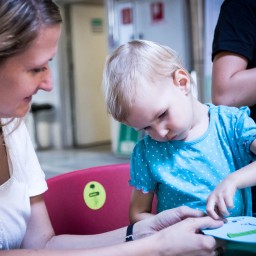 BR41N.IO-Linz-2018-web-127
BR41N.IO-Linz-2018-web-127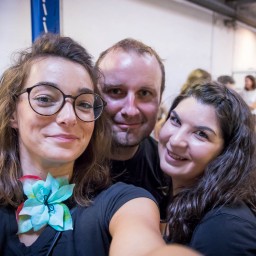 BR41N.IO-Linz-2018-web-128
BR41N.IO-Linz-2018-web-128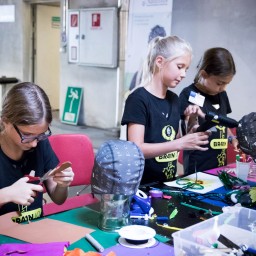 BR41N.IO-Linz-2018-web-129
BR41N.IO-Linz-2018-web-129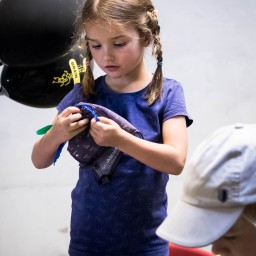 BR41N.IO-Linz-2018-web-130
BR41N.IO-Linz-2018-web-130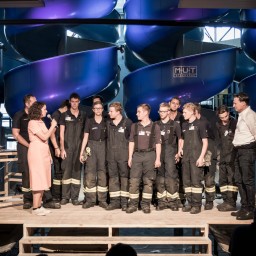 BR41N.IO-Linz-2018-web-131
BR41N.IO-Linz-2018-web-131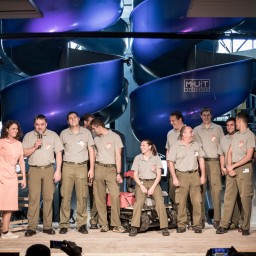 BR41N.IO-Linz-2018-web-132
BR41N.IO-Linz-2018-web-132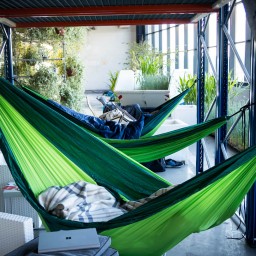 BR41N.IO-Linz-2018-web-133
BR41N.IO-Linz-2018-web-133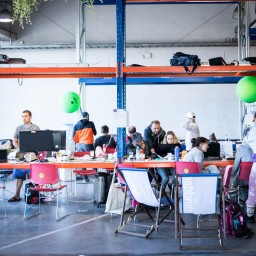 BR41N.IO-Linz-2018-web-134
BR41N.IO-Linz-2018-web-134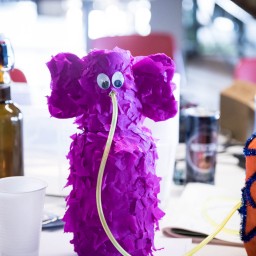 BR41N.IO-Linz-2018-web-135
BR41N.IO-Linz-2018-web-135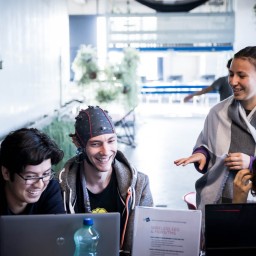 BR41N.IO-Linz-2018-web-136
BR41N.IO-Linz-2018-web-136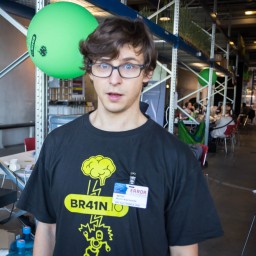 BR41N.IO-Linz-2018-web-137
BR41N.IO-Linz-2018-web-137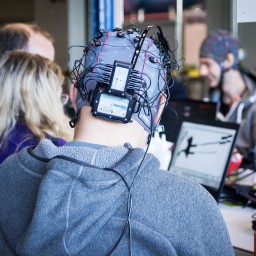 BR41N.IO-Linz-2018-web-138
BR41N.IO-Linz-2018-web-138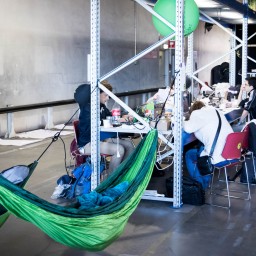 BR41N.IO-Linz-2018-web-139
BR41N.IO-Linz-2018-web-139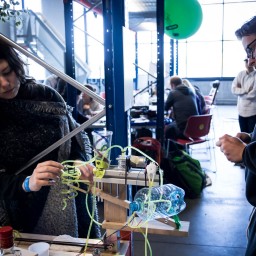 BR41N.IO-Linz-2018-web-140
BR41N.IO-Linz-2018-web-140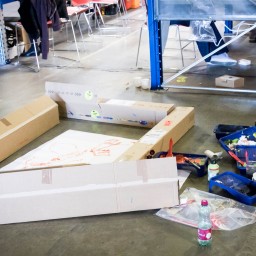 BR41N.IO-Linz-2018-web-141
BR41N.IO-Linz-2018-web-141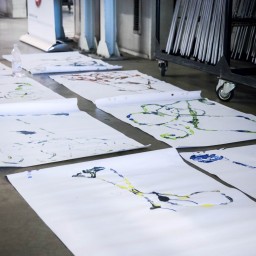 BR41N.IO-Linz-2018-web-142
BR41N.IO-Linz-2018-web-142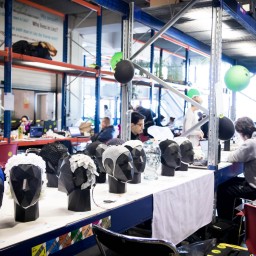 BR41N.IO-Linz-2018-web-143
BR41N.IO-Linz-2018-web-143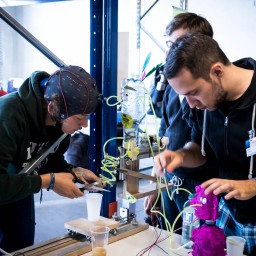 BR41N.IO-Linz-2018-web-144
BR41N.IO-Linz-2018-web-144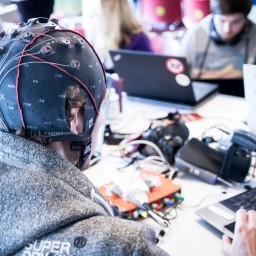 BR41N.IO-Linz-2018-web-145
BR41N.IO-Linz-2018-web-145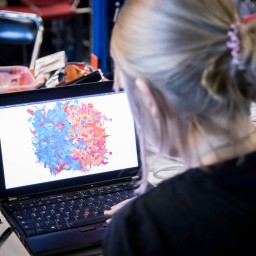 BR41N.IO-Linz-2018-web-146
BR41N.IO-Linz-2018-web-146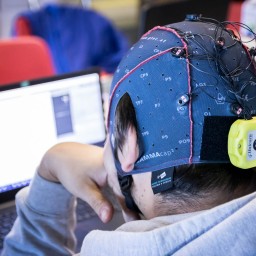 BR41N.IO-Linz-2018-web-147
BR41N.IO-Linz-2018-web-147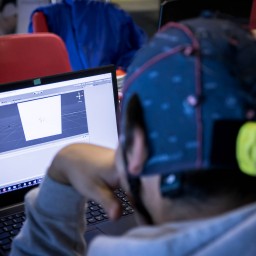 BR41N.IO-Linz-2018-web-148
BR41N.IO-Linz-2018-web-148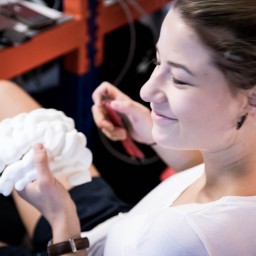 BR41N.IO-Linz-2018-web-149
BR41N.IO-Linz-2018-web-149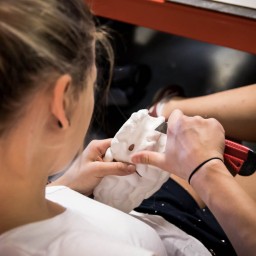 BR41N.IO-Linz-2018-web-150
BR41N.IO-Linz-2018-web-150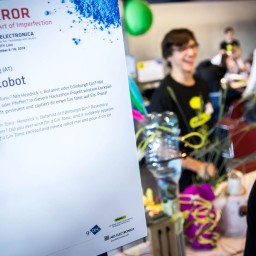 BR41N.IO-Linz-2018-web-151
BR41N.IO-Linz-2018-web-151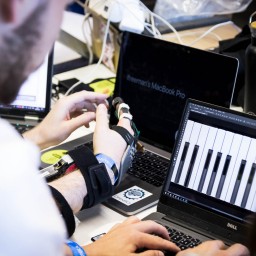 BR41N.IO-Linz-2018-web-152
BR41N.IO-Linz-2018-web-152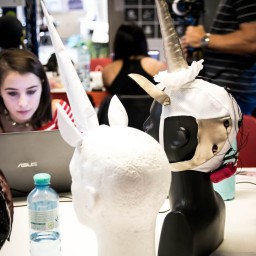 BR41N.IO-Linz-2018-web-153
BR41N.IO-Linz-2018-web-153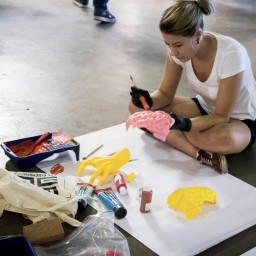 BR41N.IO-Linz-2018-web-154
BR41N.IO-Linz-2018-web-154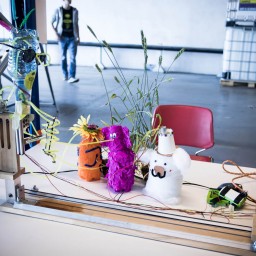 BR41N.IO-Linz-2018-web-155
BR41N.IO-Linz-2018-web-155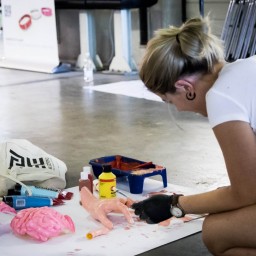 BR41N.IO-Linz-2018-web-156
BR41N.IO-Linz-2018-web-156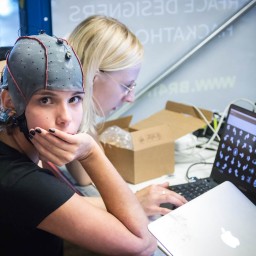 BR41N.IO-Linz-2018-web-157
BR41N.IO-Linz-2018-web-157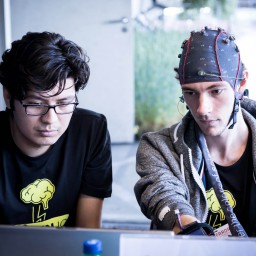 BR41N.IO-Linz-2018-web-158
BR41N.IO-Linz-2018-web-158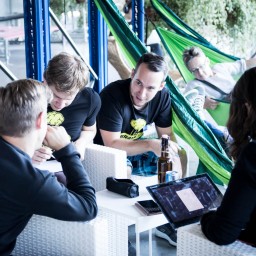 BR41N.IO-Linz-2018-web-159
BR41N.IO-Linz-2018-web-159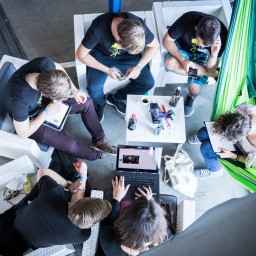 BR41N.IO-Linz-2018-web-160
BR41N.IO-Linz-2018-web-160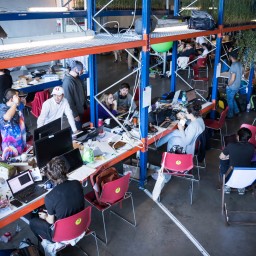 BR41N.IO-Linz-2018-web-161
BR41N.IO-Linz-2018-web-161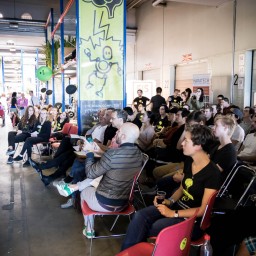 BR41N.IO-Linz-2018-web-162
BR41N.IO-Linz-2018-web-162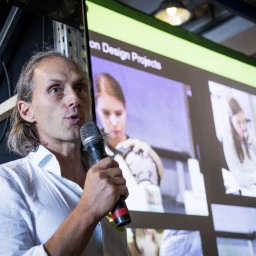 BR41N.IO-Linz-2018-web-163
BR41N.IO-Linz-2018-web-163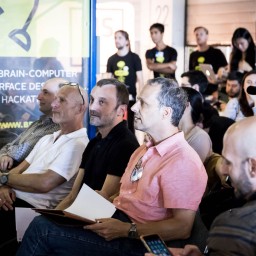 BR41N.IO-Linz-2018-web-164
BR41N.IO-Linz-2018-web-164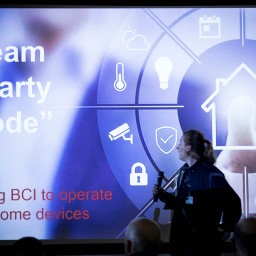 BR41N.IO-Linz-2018-web-165
BR41N.IO-Linz-2018-web-165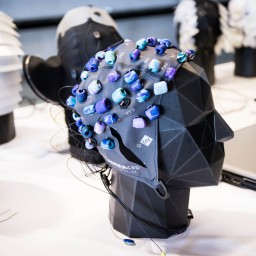 BR41N.IO-Linz-2018-web-166
BR41N.IO-Linz-2018-web-166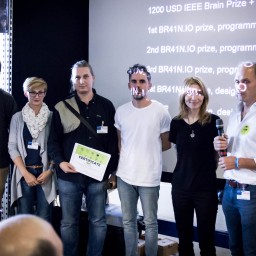 BR41N.IO-Linz-2018-web-167
BR41N.IO-Linz-2018-web-167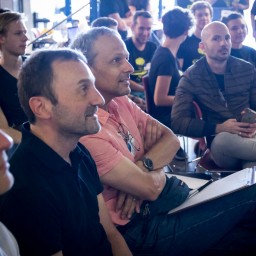 BR41N.IO-Linz-2018-web-168
BR41N.IO-Linz-2018-web-168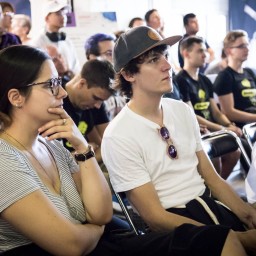 BR41N.IO-Linz-2018-web-169
BR41N.IO-Linz-2018-web-169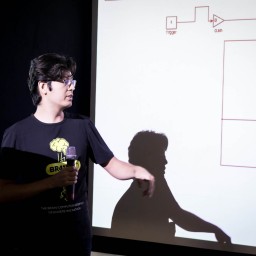 BR41N.IO-Linz-2018-web-170
BR41N.IO-Linz-2018-web-170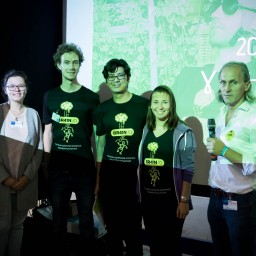 BR41N.IO-Linz-2018-web-171
BR41N.IO-Linz-2018-web-171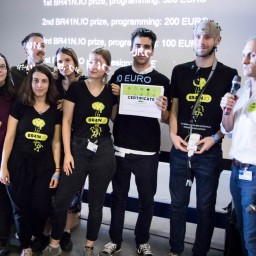 BR41N.IO-Linz-2018-web-172
BR41N.IO-Linz-2018-web-172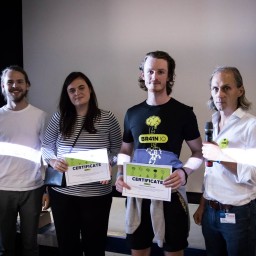 BR41N.IO-Linz-2018-web-173
BR41N.IO-Linz-2018-web-173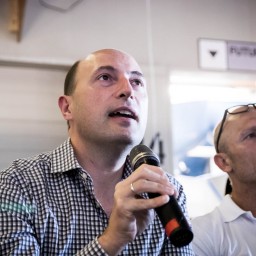 BR41N.IO-Linz-2018-web-174
BR41N.IO-Linz-2018-web-174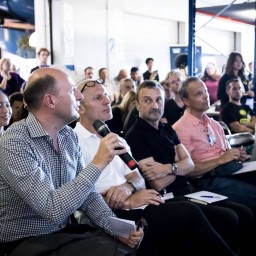 BR41N.IO-Linz-2018-web-175
BR41N.IO-Linz-2018-web-175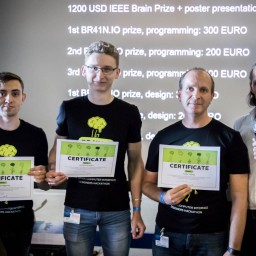 BR41N.IO-Linz-2018-web-176
BR41N.IO-Linz-2018-web-176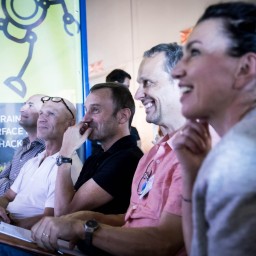 BR41N.IO-Linz-2018-web-177
BR41N.IO-Linz-2018-web-177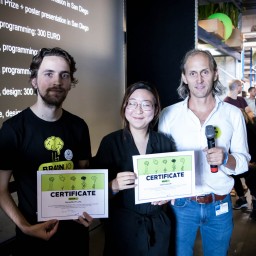 BR41N.IO-Linz-2018-web-178
BR41N.IO-Linz-2018-web-178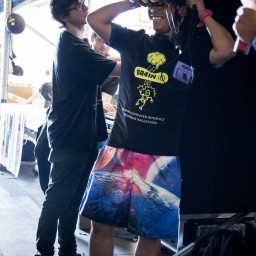 BR41N.IO-Linz-2018-web-179
BR41N.IO-Linz-2018-web-179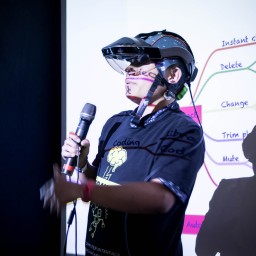 BR41N.IO-Linz-2018-web-180
BR41N.IO-Linz-2018-web-180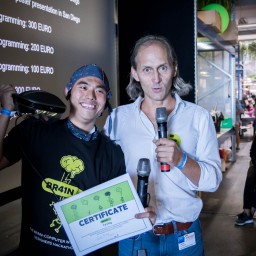 BR41N.IO-Linz-2018-web-181
BR41N.IO-Linz-2018-web-181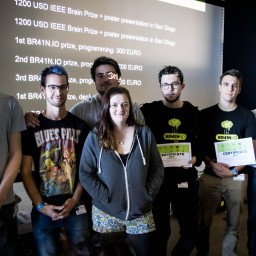 BR41N.IO-Linz-2018-web-182
BR41N.IO-Linz-2018-web-182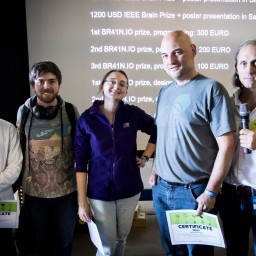 BR41N.IO-Linz-2018-web-183
BR41N.IO-Linz-2018-web-183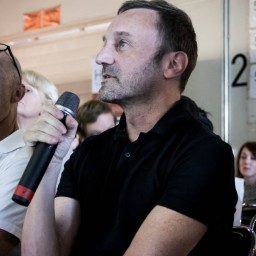 BR41N.IO-Linz-2018-web-184
BR41N.IO-Linz-2018-web-184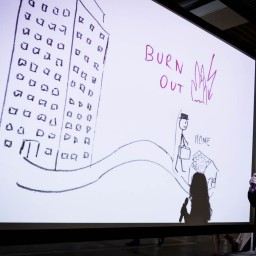 BR41N.IO-Linz-2018-web-185
BR41N.IO-Linz-2018-web-185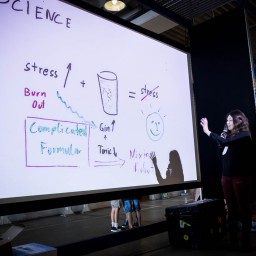 BR41N.IO-Linz-2018-web-186
BR41N.IO-Linz-2018-web-186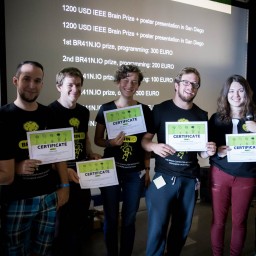 BR41N.IO-Linz-2018-web-187
BR41N.IO-Linz-2018-web-187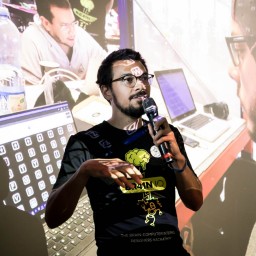 BR41N.IO-Linz-2018-web-188
BR41N.IO-Linz-2018-web-188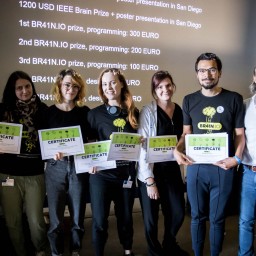 BR41N.IO-Linz-2018-web-189
BR41N.IO-Linz-2018-web-189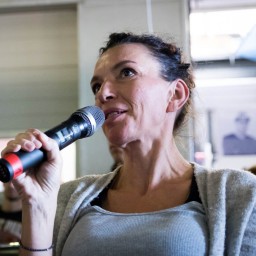 BR41N.IO-Linz-2018-web-190
BR41N.IO-Linz-2018-web-190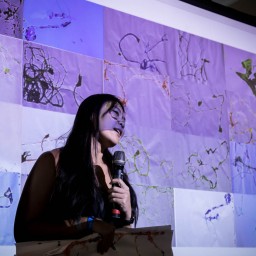 BR41N.IO-Linz-2018-web-191
BR41N.IO-Linz-2018-web-191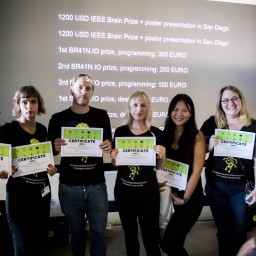 BR41N.IO-Linz-2018-web-192
BR41N.IO-Linz-2018-web-192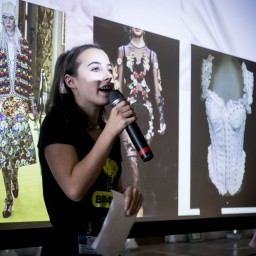 BR41N.IO-Linz-2018-web-193
BR41N.IO-Linz-2018-web-193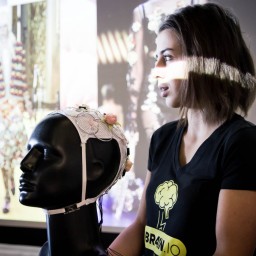 BR41N.IO-Linz-2018-web-194
BR41N.IO-Linz-2018-web-194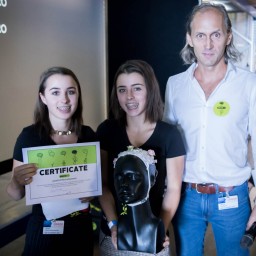 BR41N.IO-Linz-2018-web-195
BR41N.IO-Linz-2018-web-195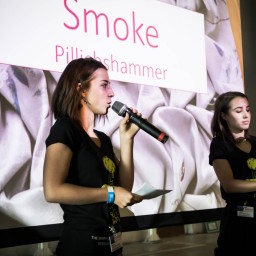 BR41N.IO-Linz-2018-web-196
BR41N.IO-Linz-2018-web-196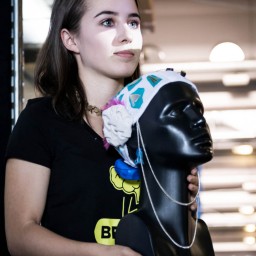 BR41N.IO-Linz-2018-web-197-1
BR41N.IO-Linz-2018-web-197-1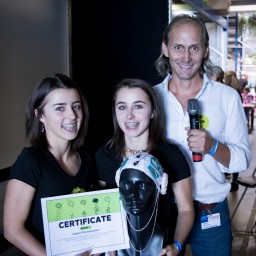 BR41N.IO-Linz-2018-web-198
BR41N.IO-Linz-2018-web-198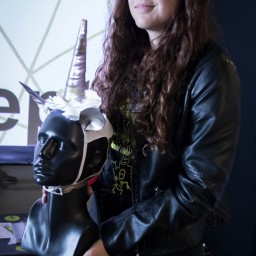 BR41N.IO-Linz-2018-web-199
BR41N.IO-Linz-2018-web-199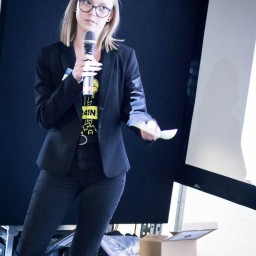 BR41N.IO-Linz-2018-web-200
BR41N.IO-Linz-2018-web-200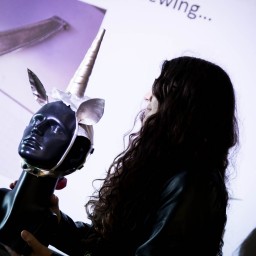 BR41N.IO-Linz-2018-web-201
BR41N.IO-Linz-2018-web-201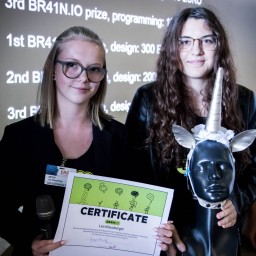 BR41N.IO-Linz-2018-web-202
BR41N.IO-Linz-2018-web-202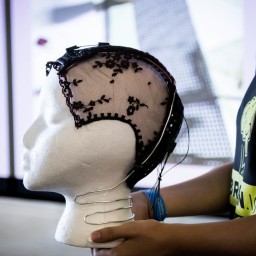 BR41N.IO-Linz-2018-web-203
BR41N.IO-Linz-2018-web-203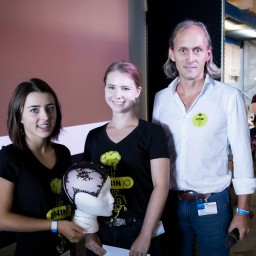 BR41N.IO-Linz-2018-web-204
BR41N.IO-Linz-2018-web-204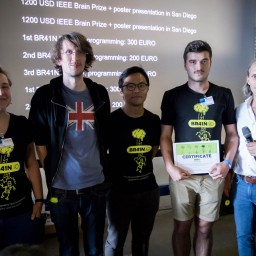 BR41N.IO-Linz-2018-web-205
BR41N.IO-Linz-2018-web-205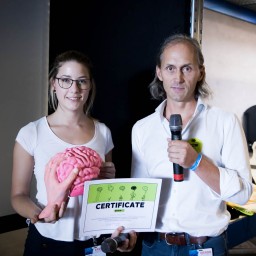 BR41N.IO-Linz-2018-web-206
BR41N.IO-Linz-2018-web-206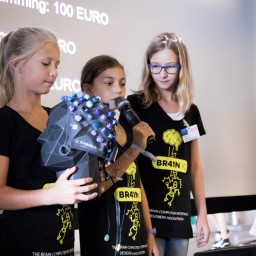 BR41N.IO-Linz-2018-web-207
BR41N.IO-Linz-2018-web-207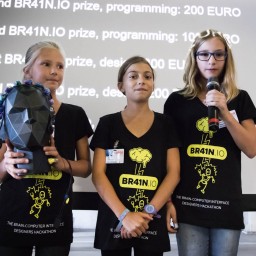 BR41N.IO-Linz-2018-web-208
BR41N.IO-Linz-2018-web-208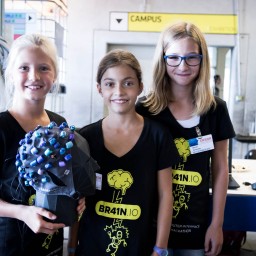 BR41N.IO-Linz-2018-web-209
BR41N.IO-Linz-2018-web-209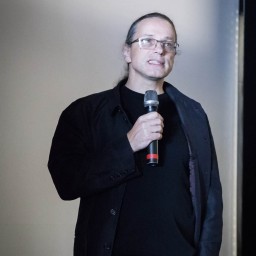 BR41N.IO-Linz-2018-web-210
BR41N.IO-Linz-2018-web-210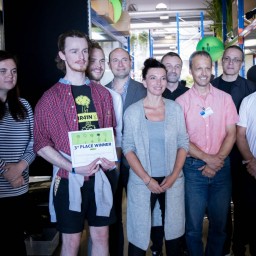 BR41N.IO-Linz-2018-web-211
BR41N.IO-Linz-2018-web-211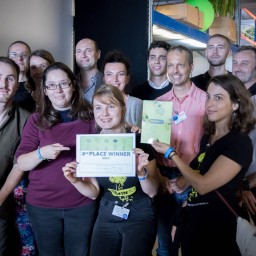 BR41N.IO-Linz-2018-web-212
BR41N.IO-Linz-2018-web-212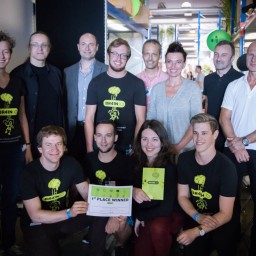 BR41N.IO-Linz-2018-web-213
BR41N.IO-Linz-2018-web-213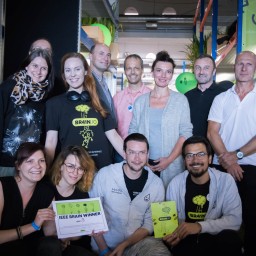 BR41N.IO-Linz-2018-web-214
BR41N.IO-Linz-2018-web-214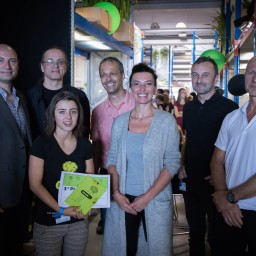 BR41N.IO-Linz-2018-web-215
BR41N.IO-Linz-2018-web-215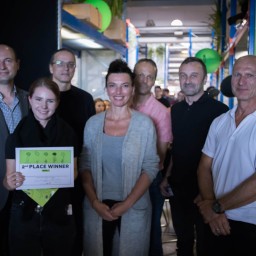 BR41N.IO-Linz-2018-web-216
BR41N.IO-Linz-2018-web-216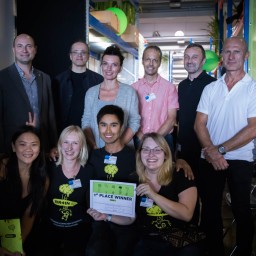 BR41N.IO-Linz-2018-web-217
BR41N.IO-Linz-2018-web-217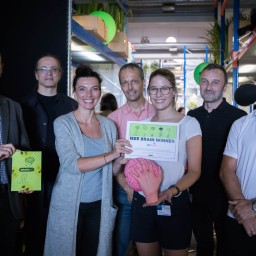 BR41N.IO-Linz-2018-web-218
BR41N.IO-Linz-2018-web-218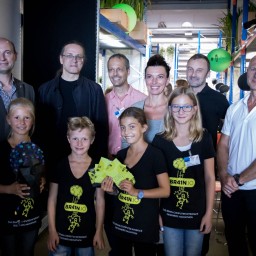 BR41N.IO-Linz-2018-web-219
BR41N.IO-Linz-2018-web-219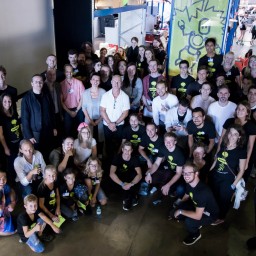 BR41N.IO-Linz-2018-web-220
BR41N.IO-Linz-2018-web-220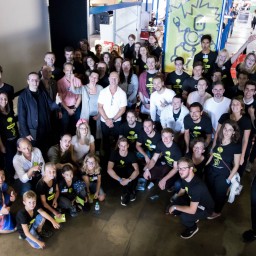 BR41N.IO-Linz-2018-web-221
BR41N.IO-Linz-2018-web-221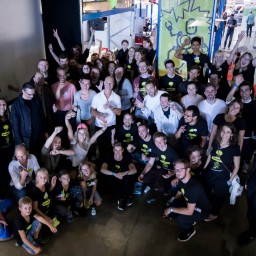 BR41N.IO-Linz-2018-web-222
BR41N.IO-Linz-2018-web-222


